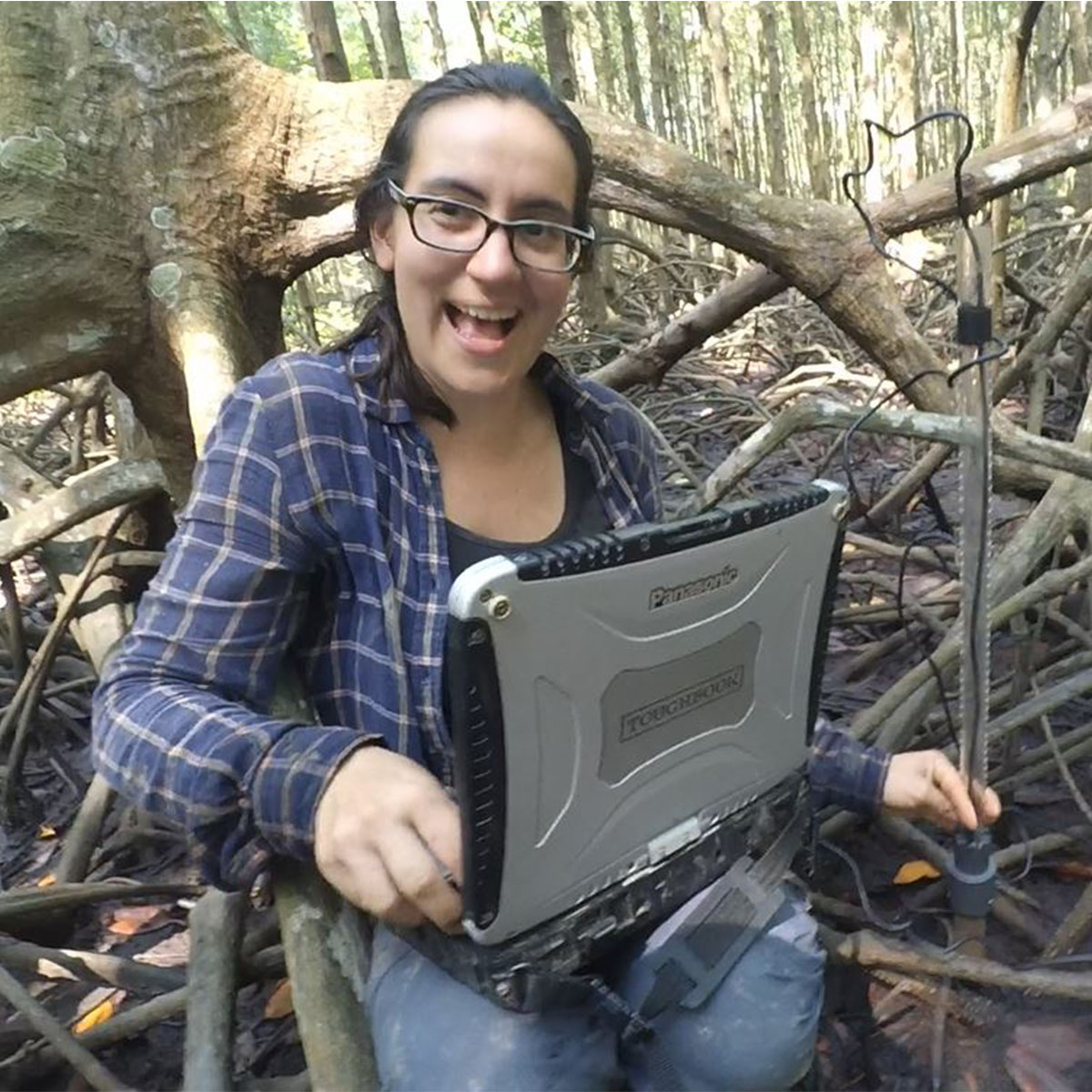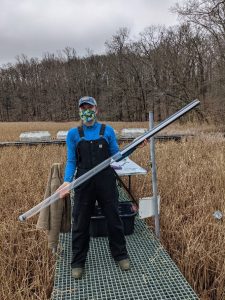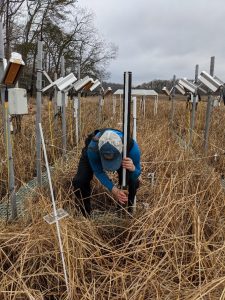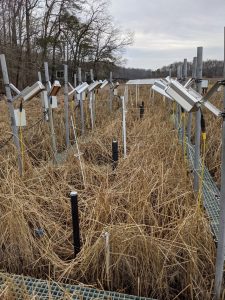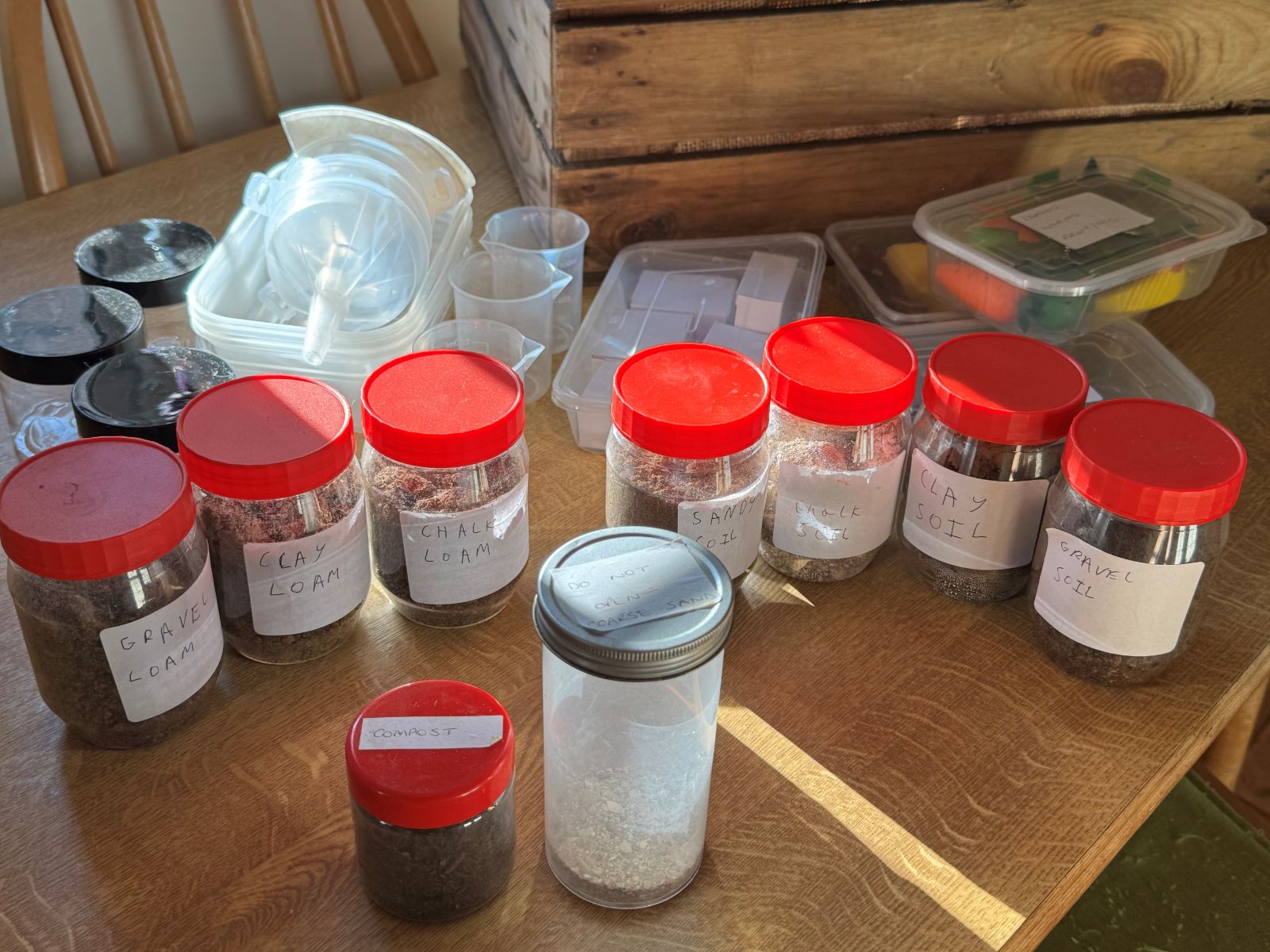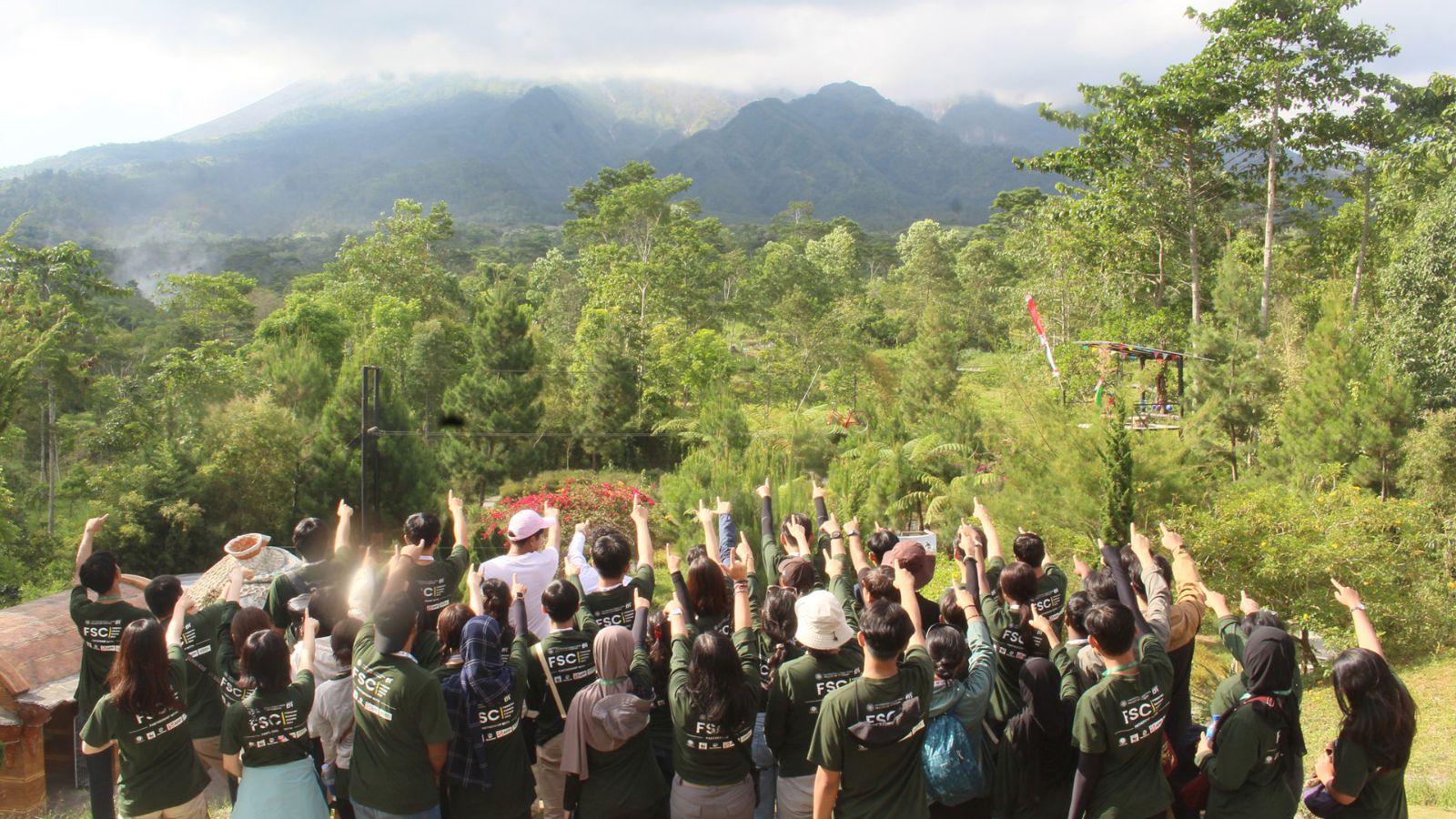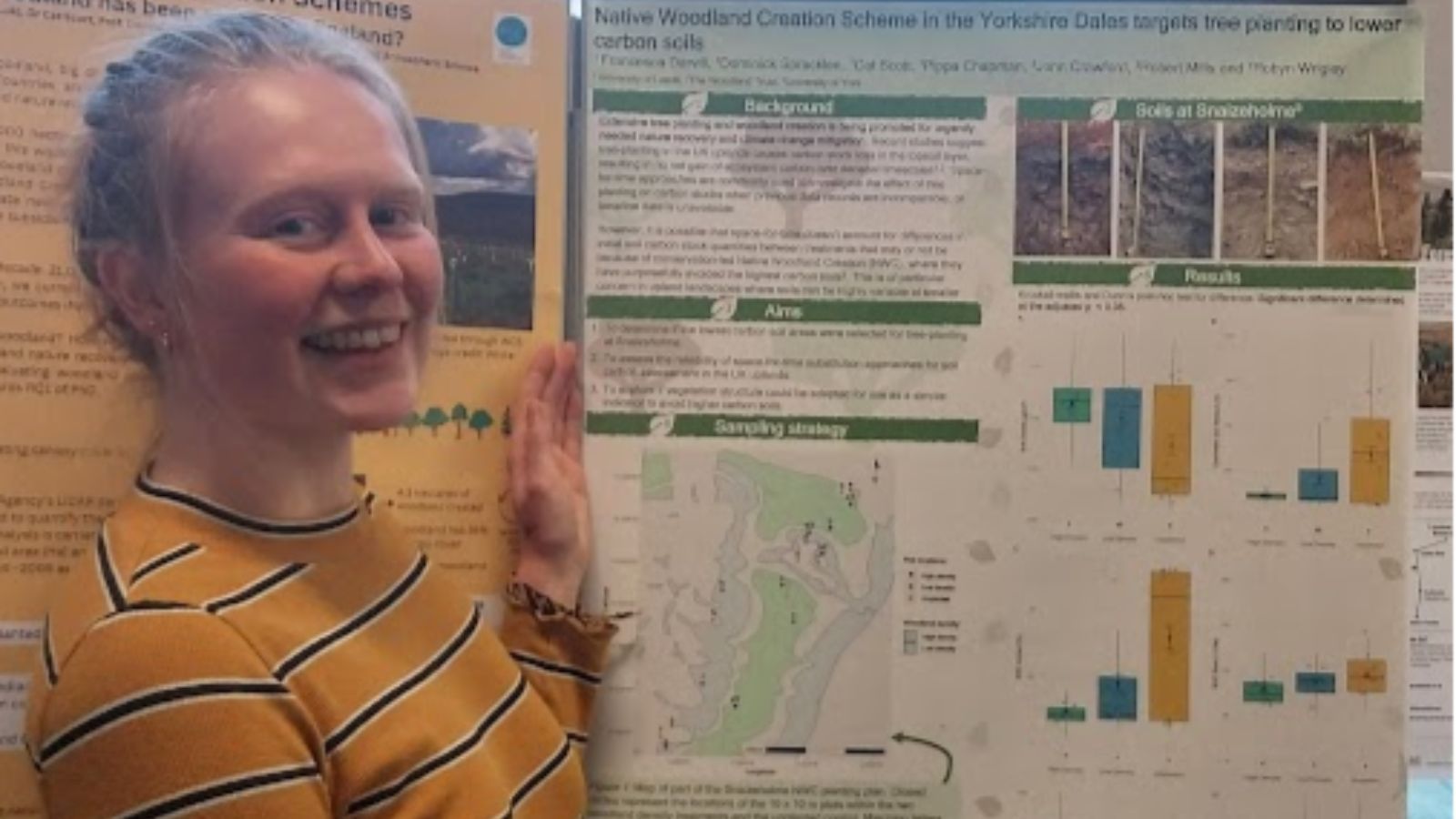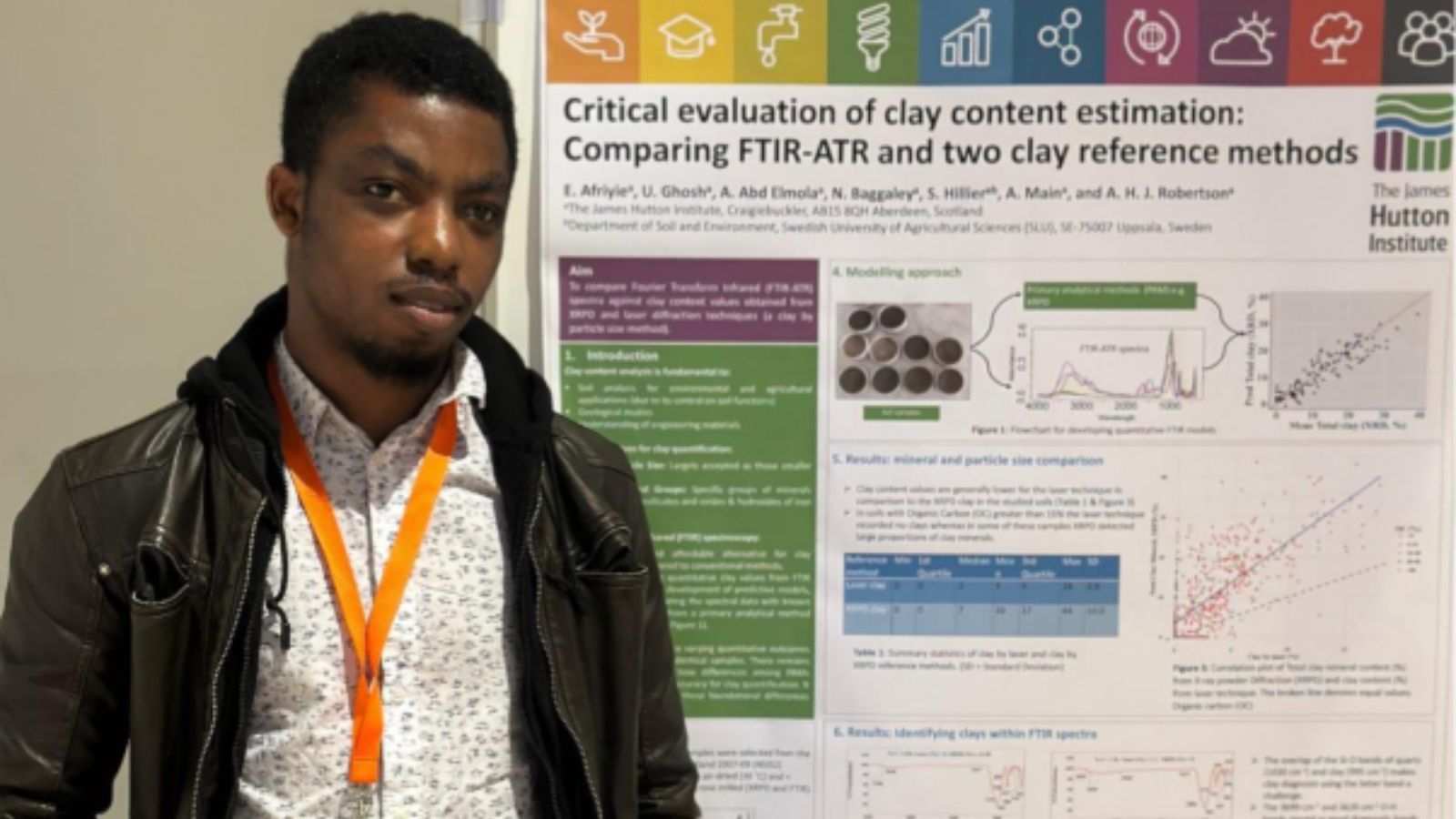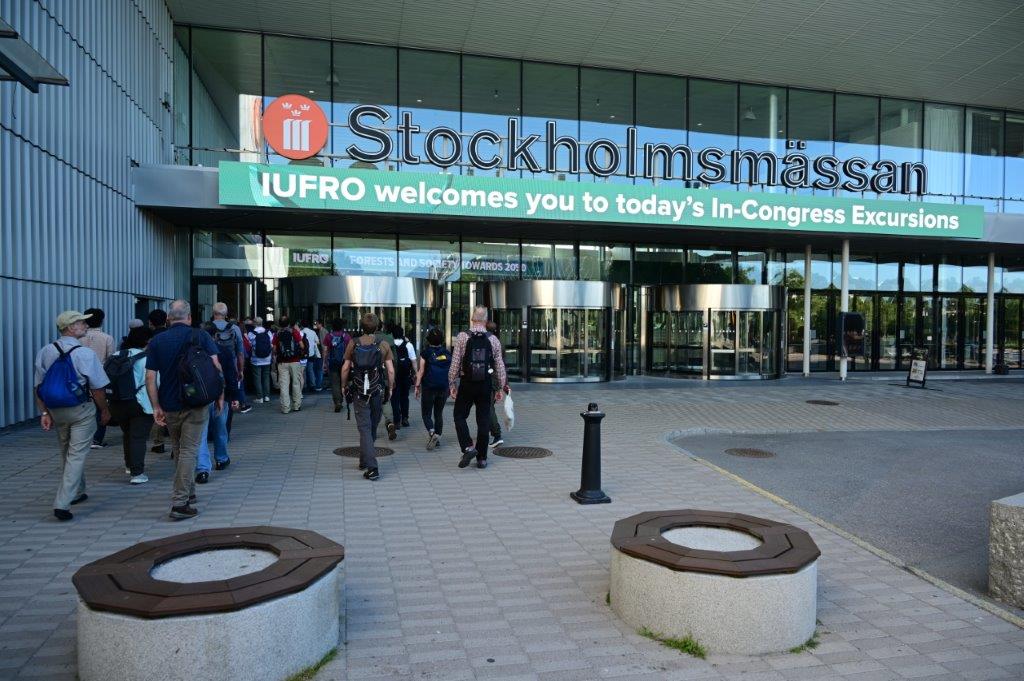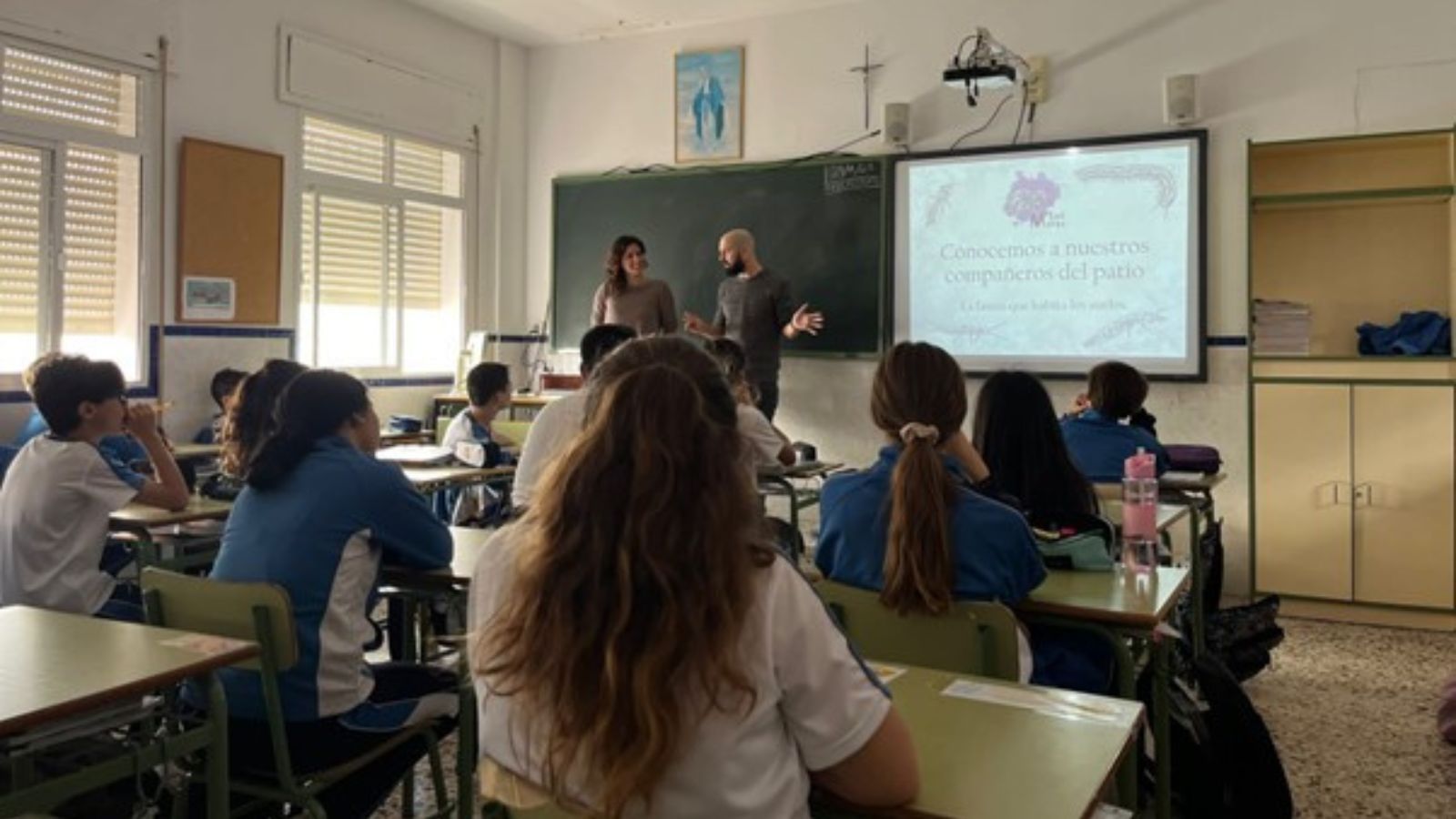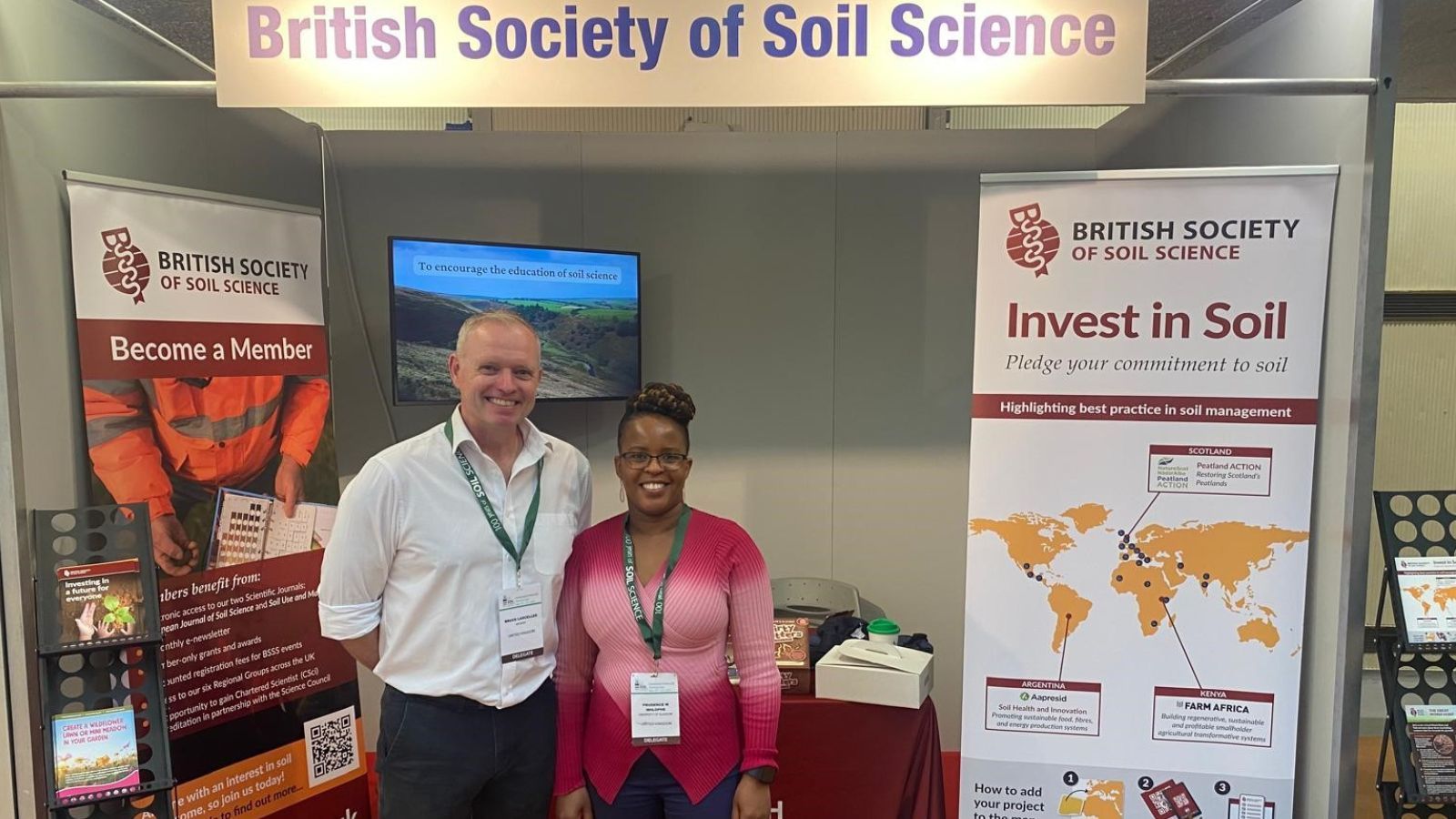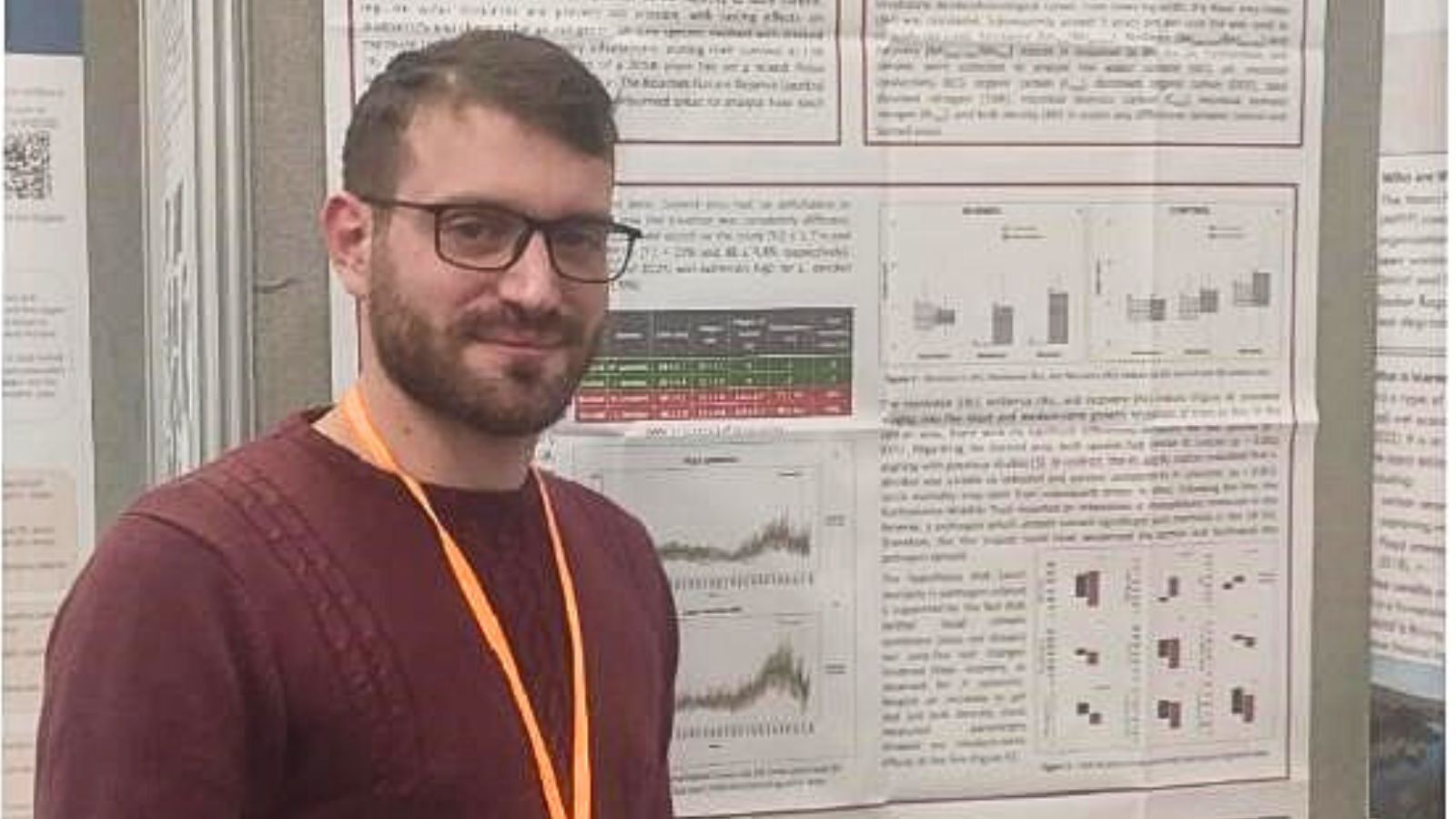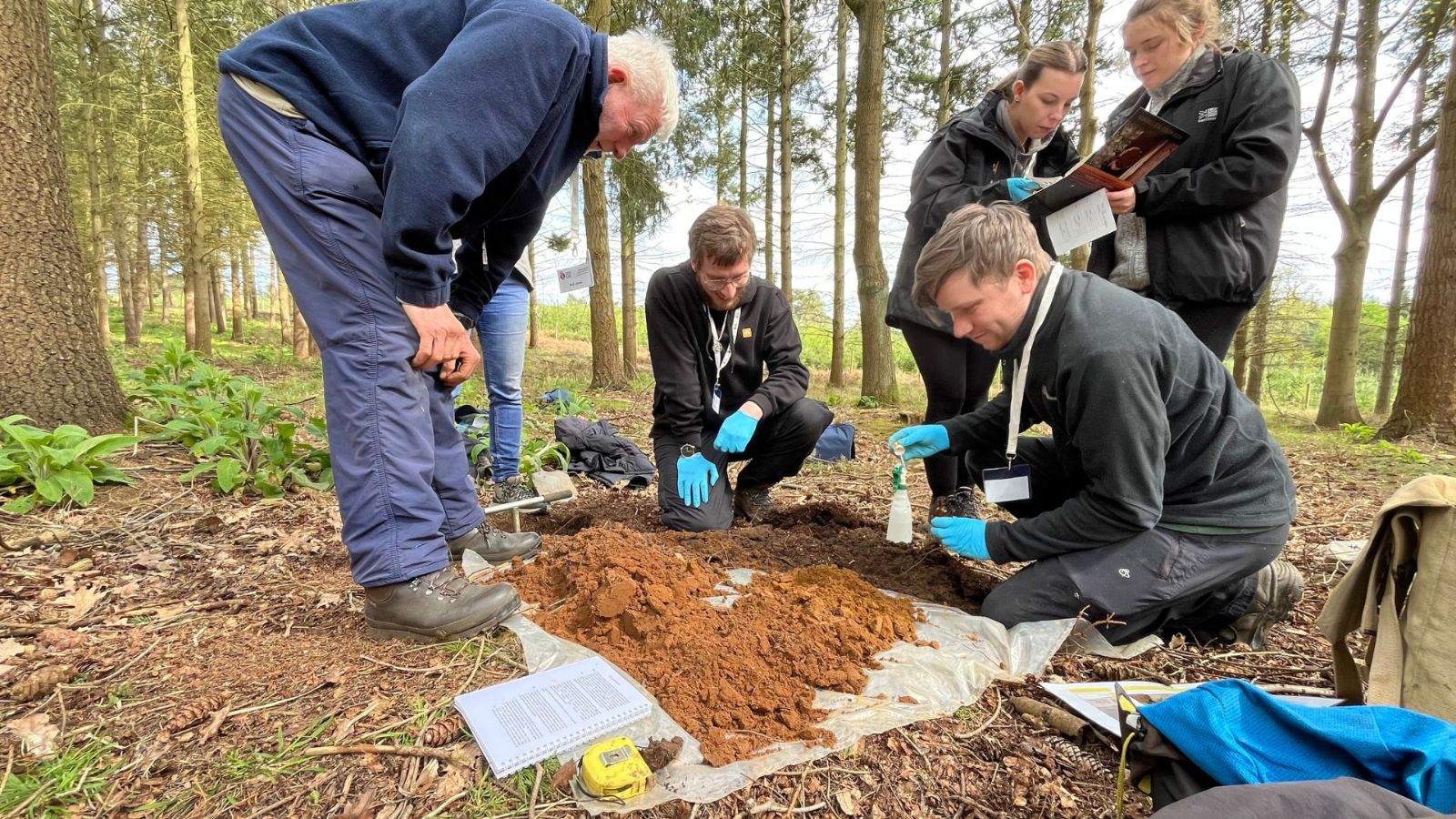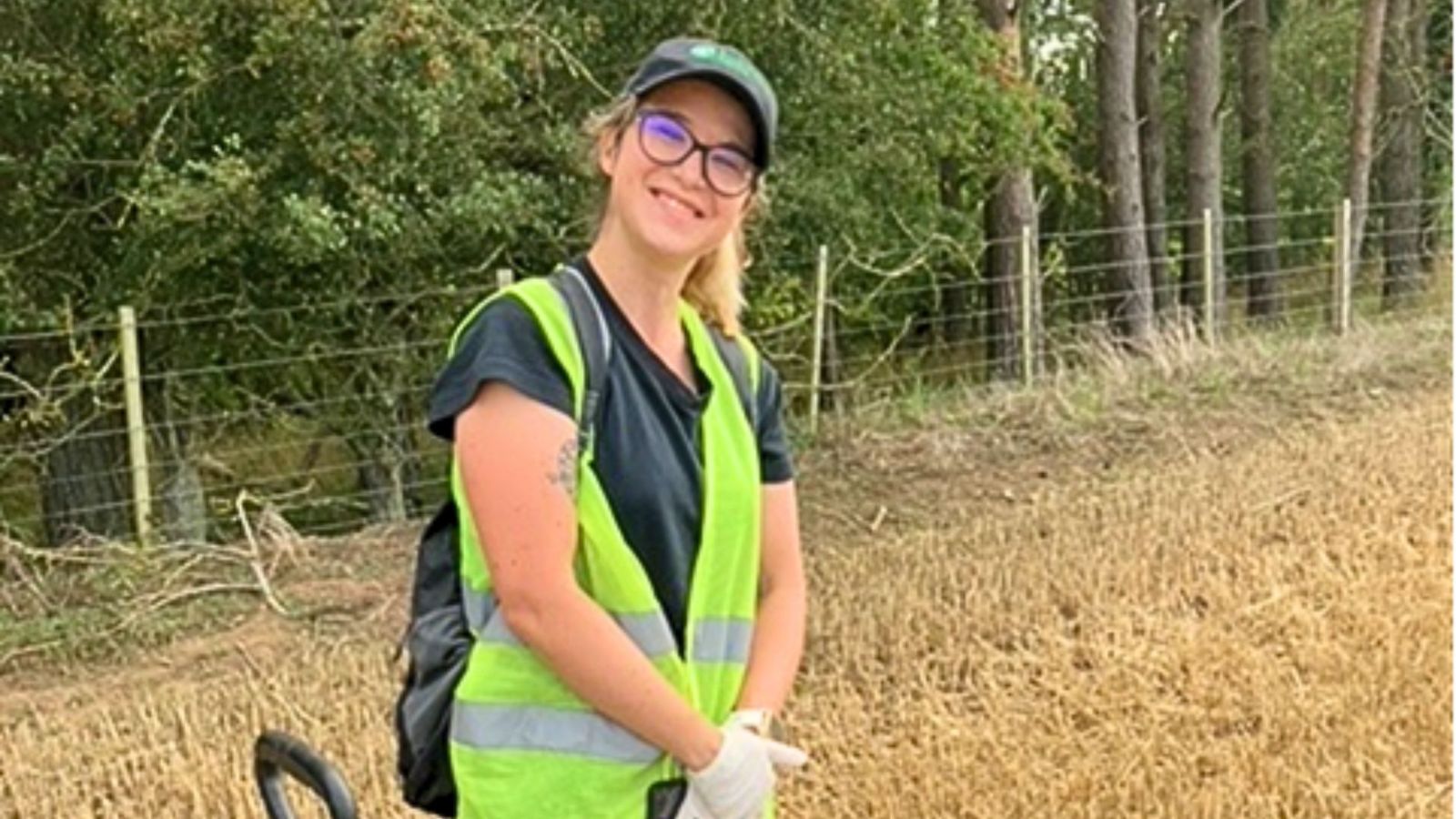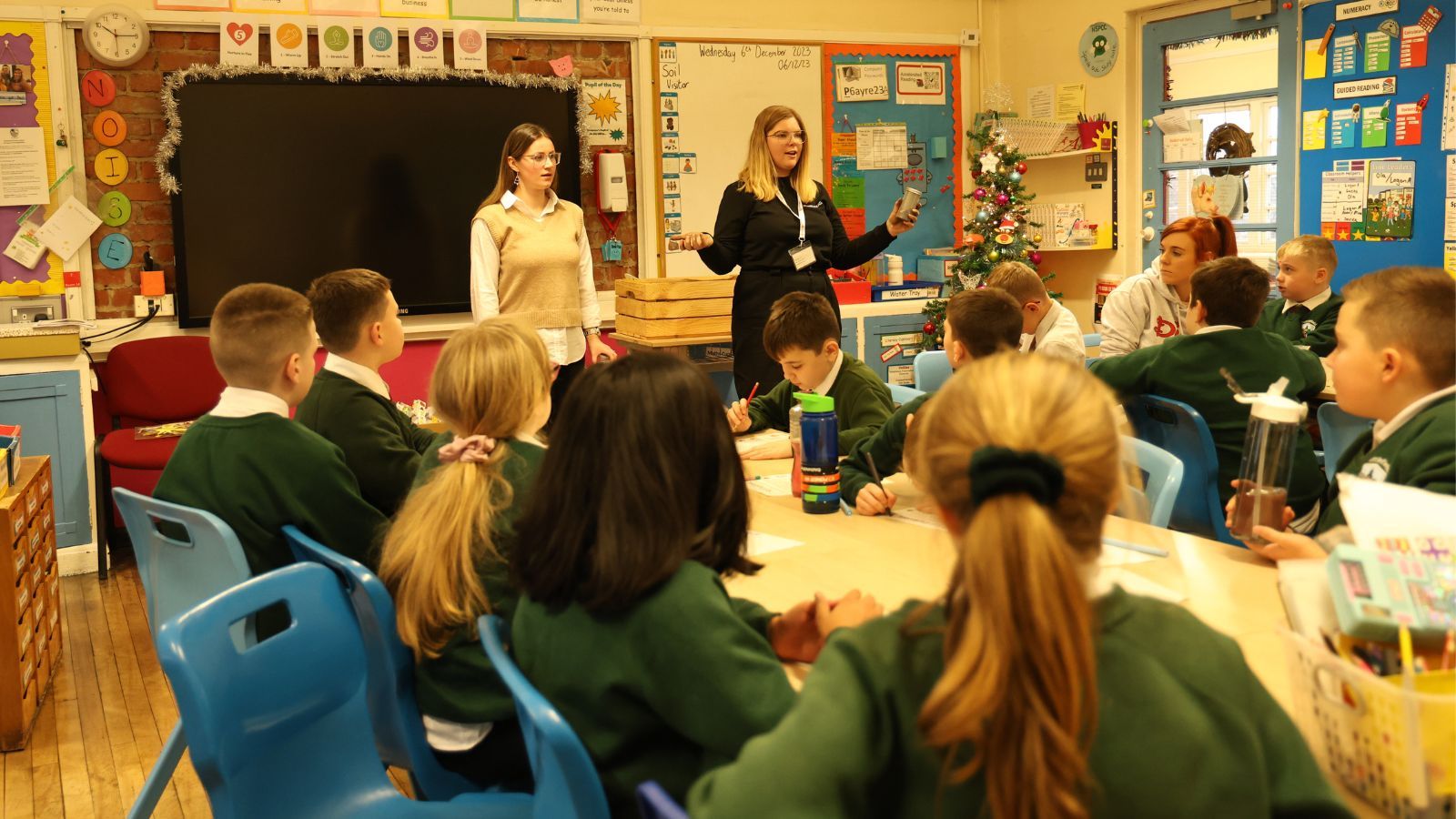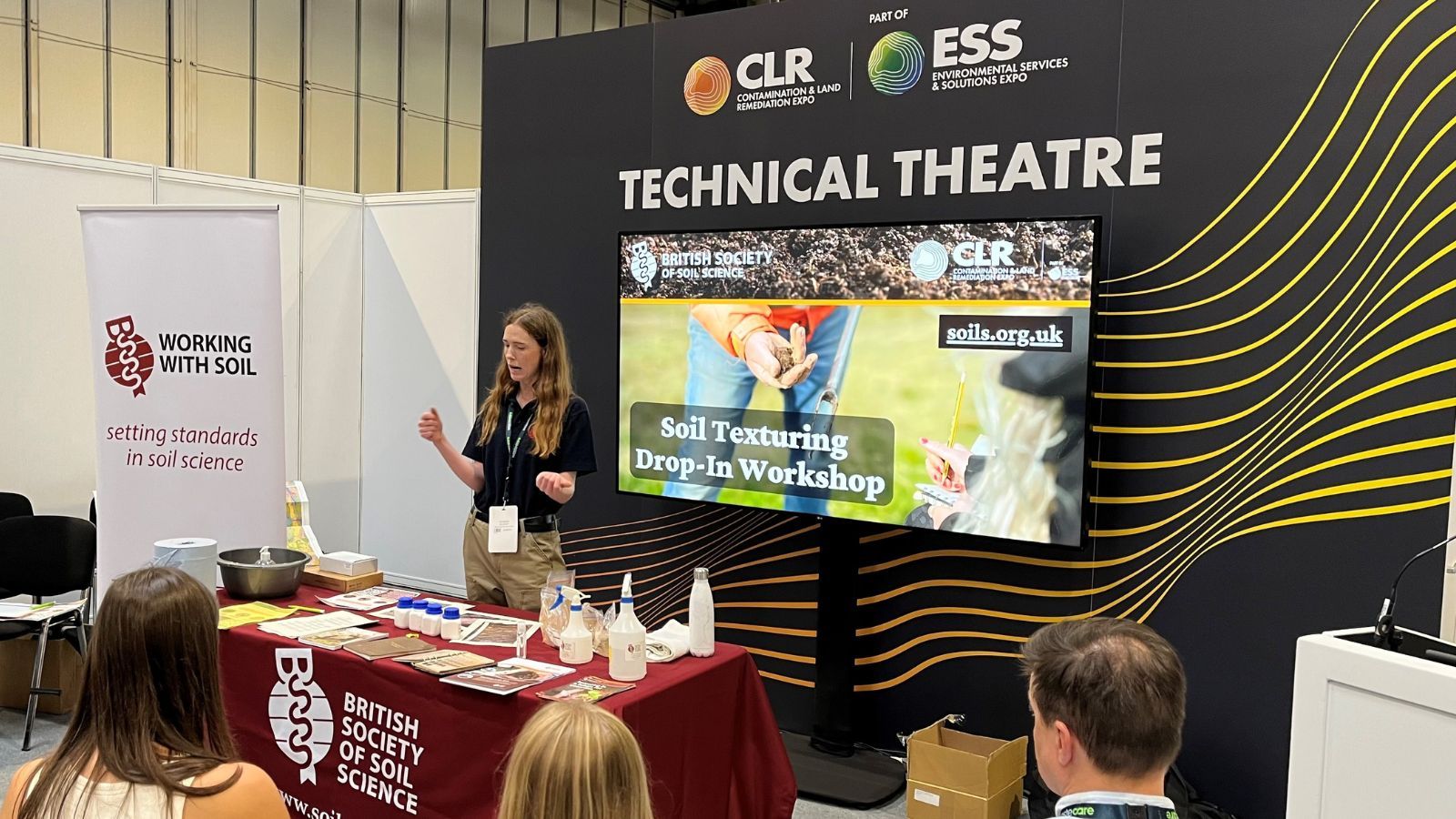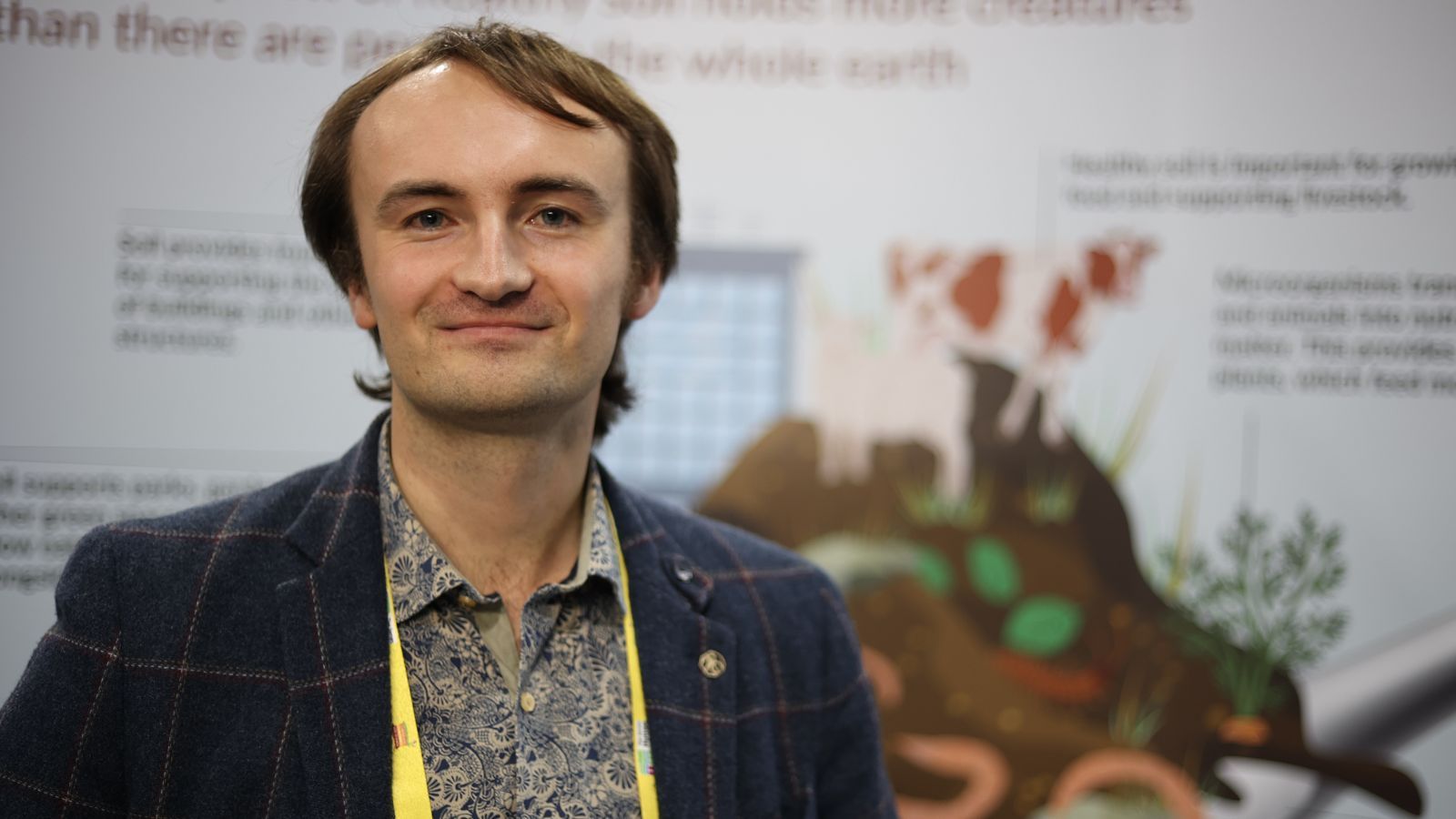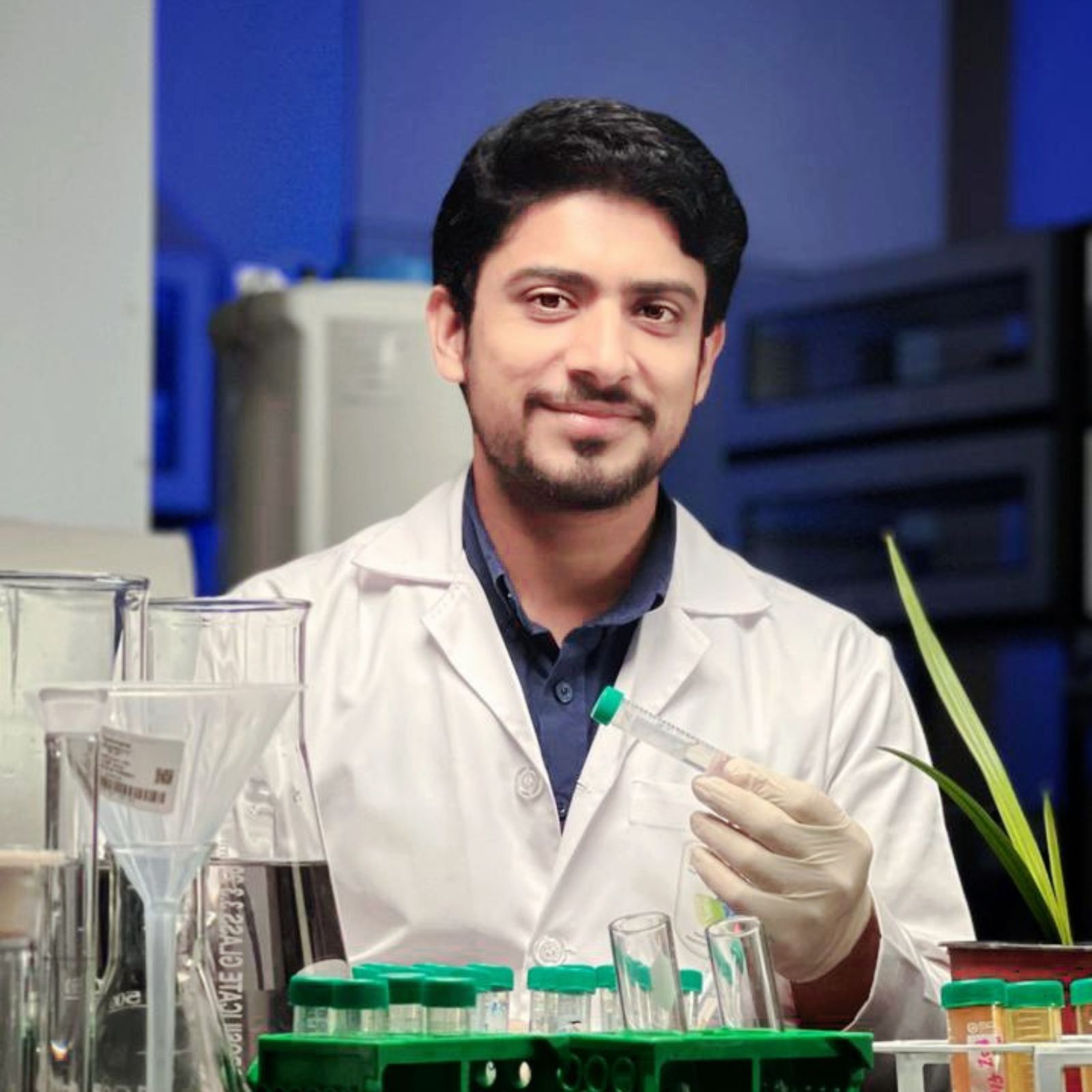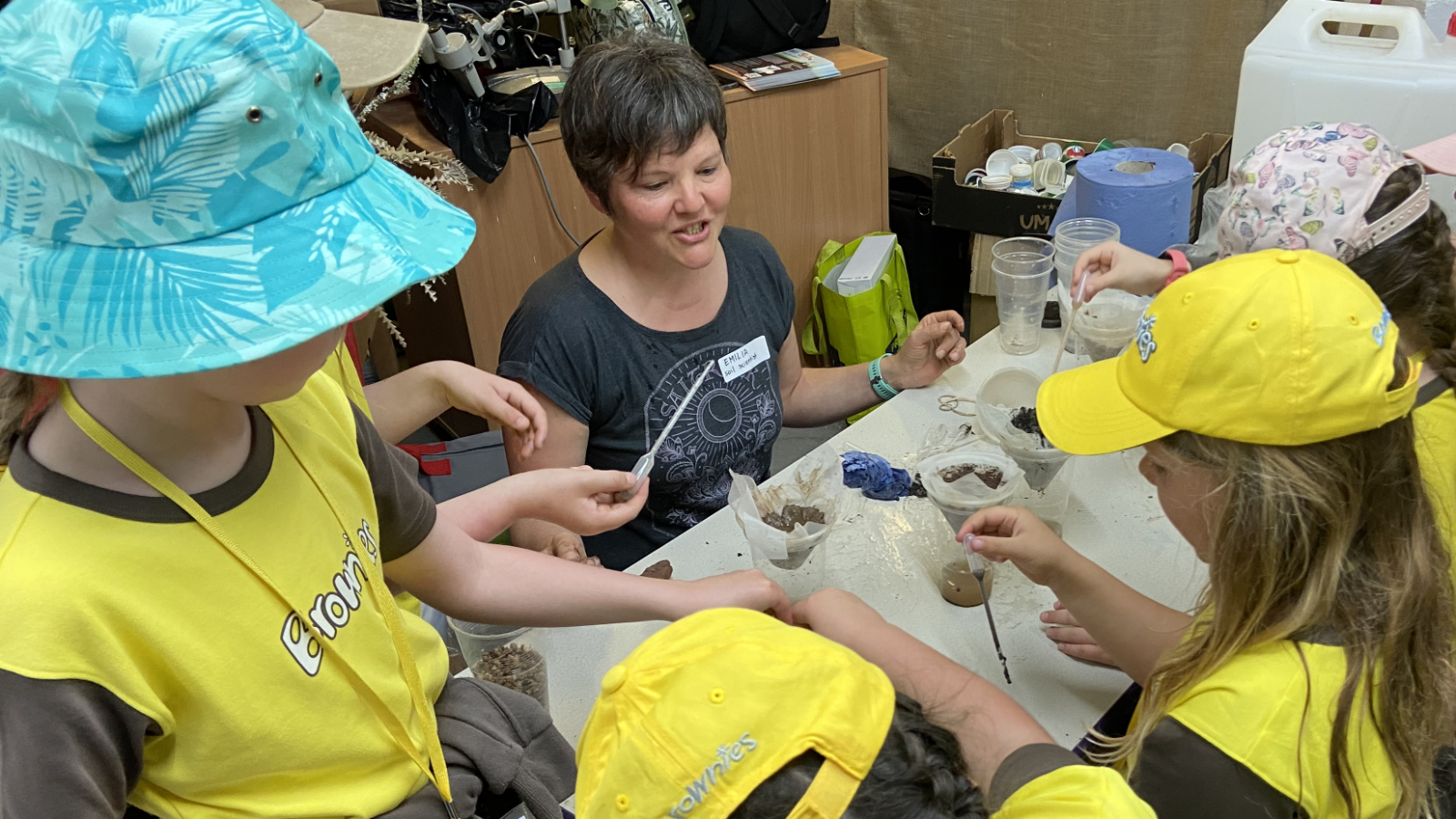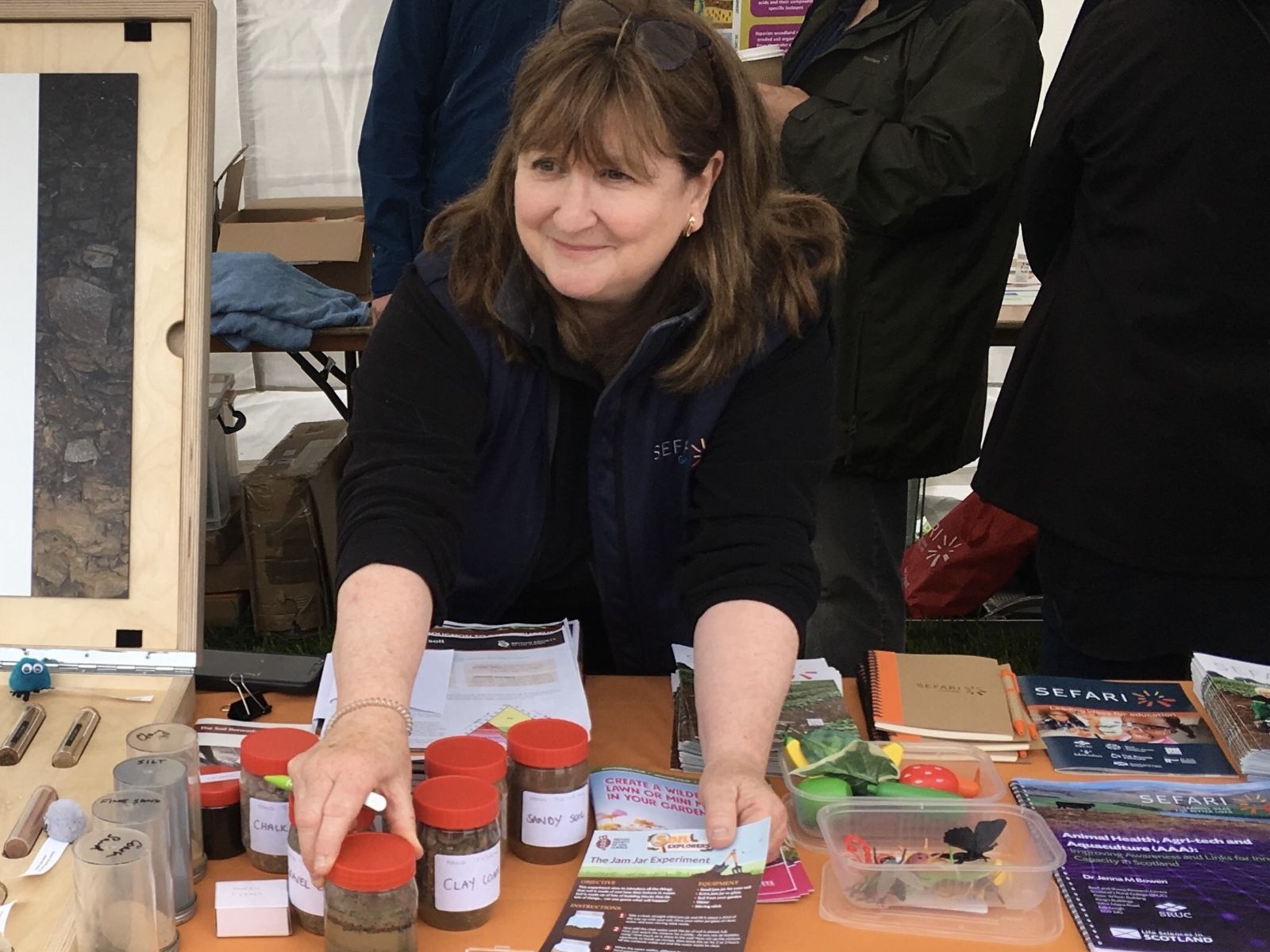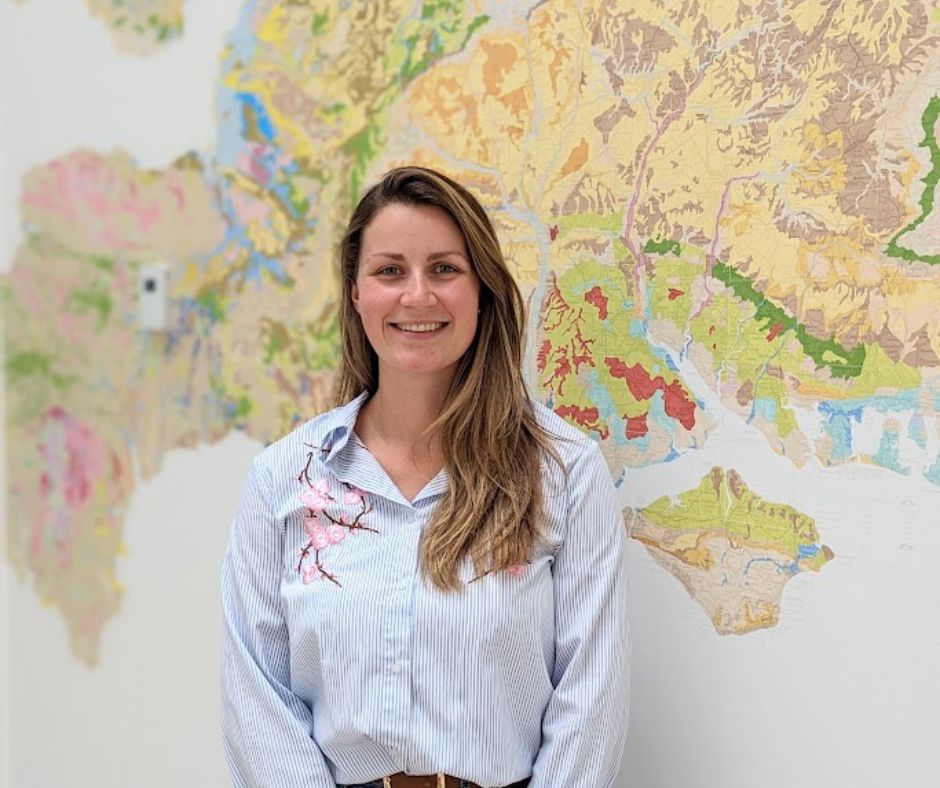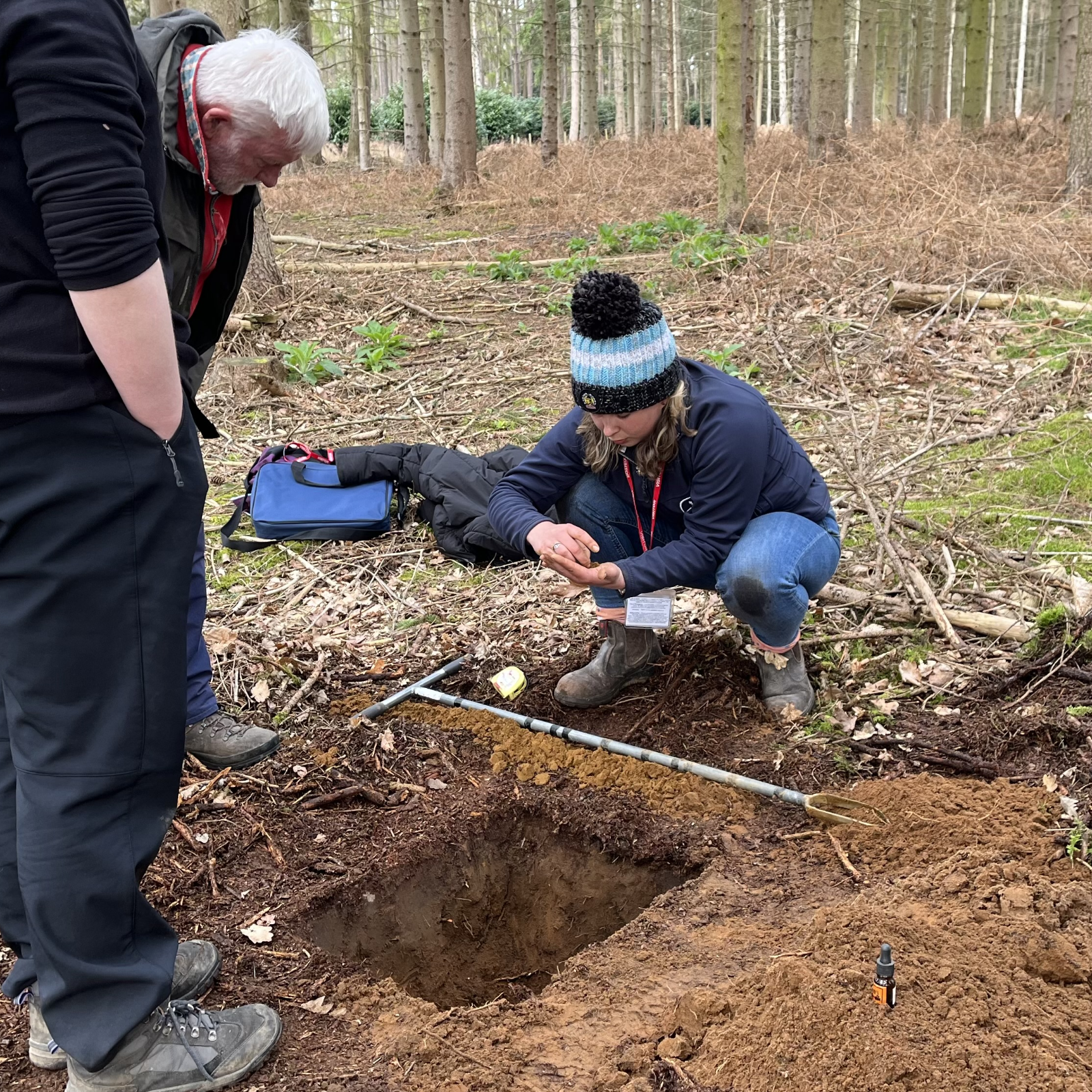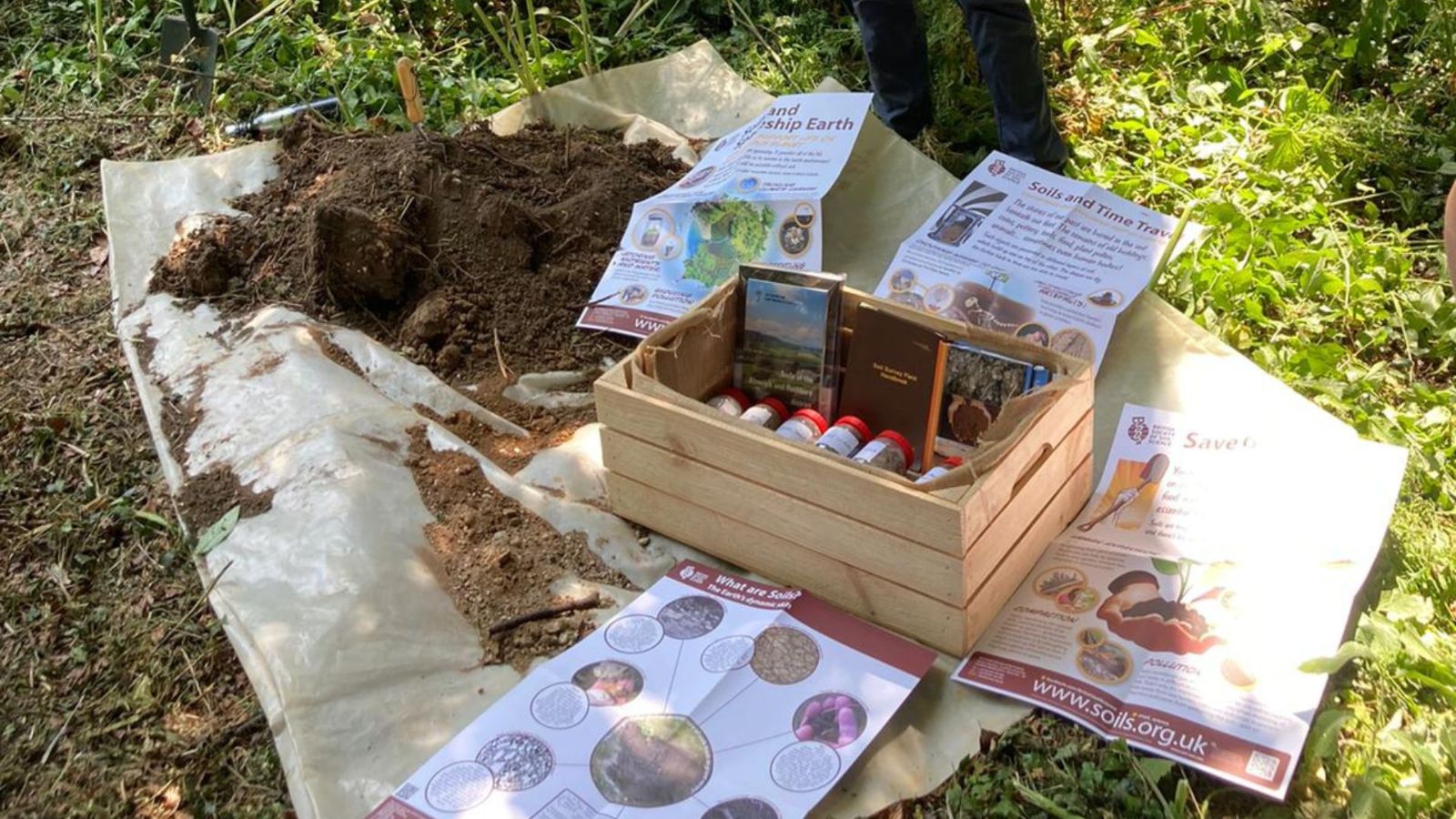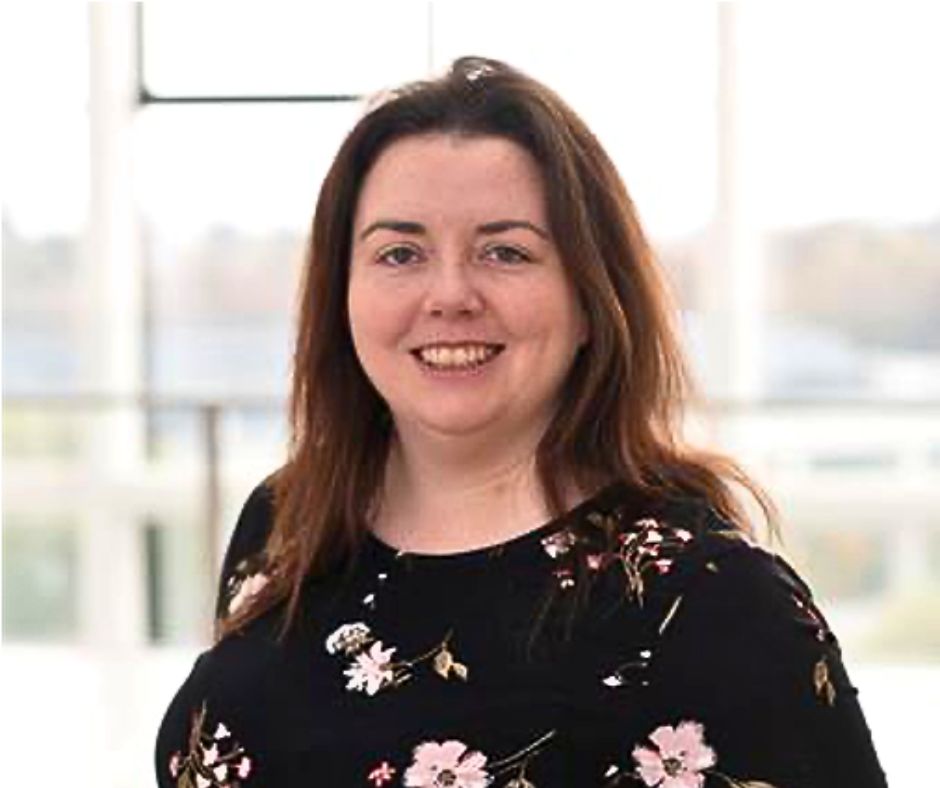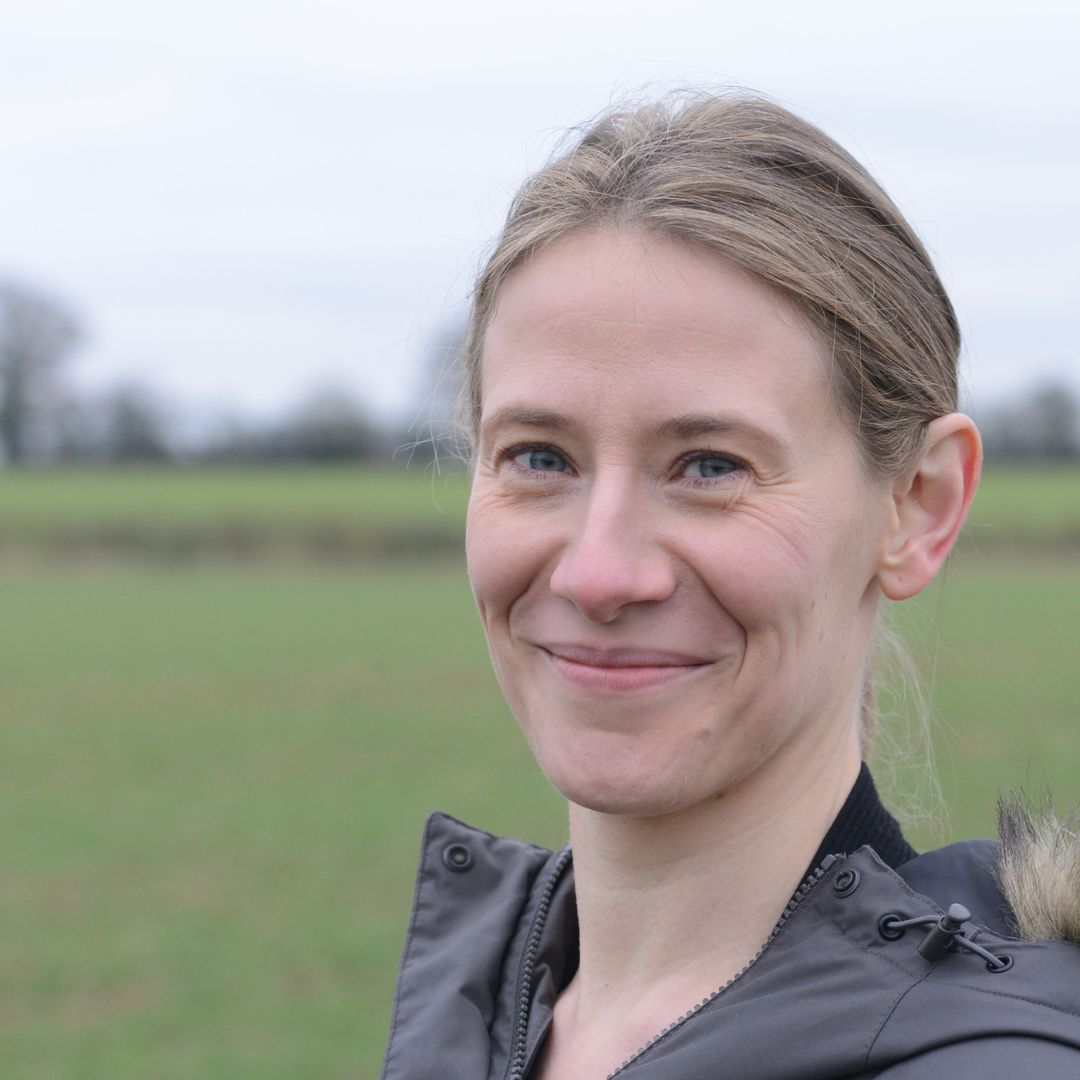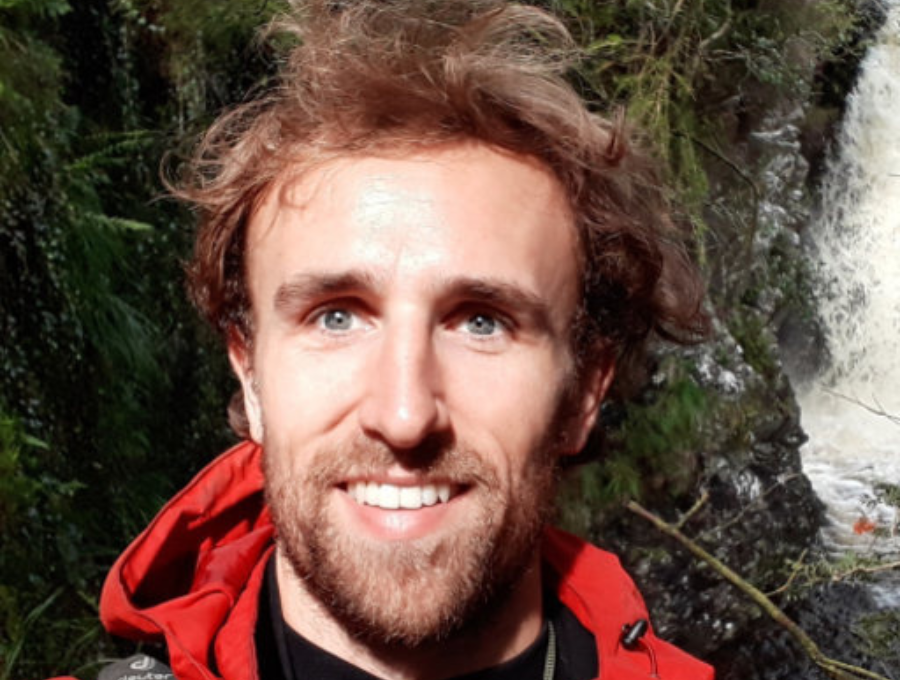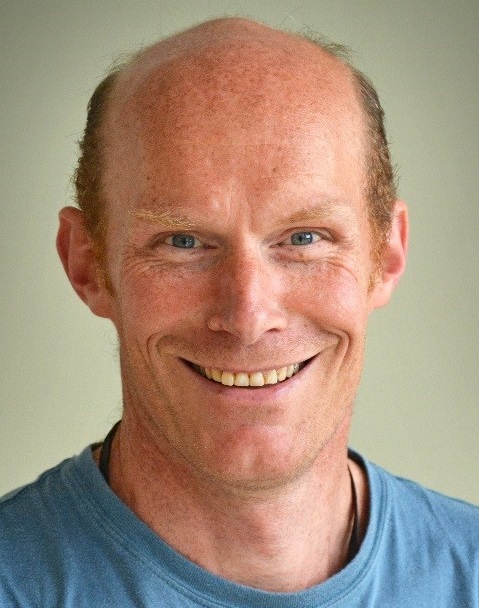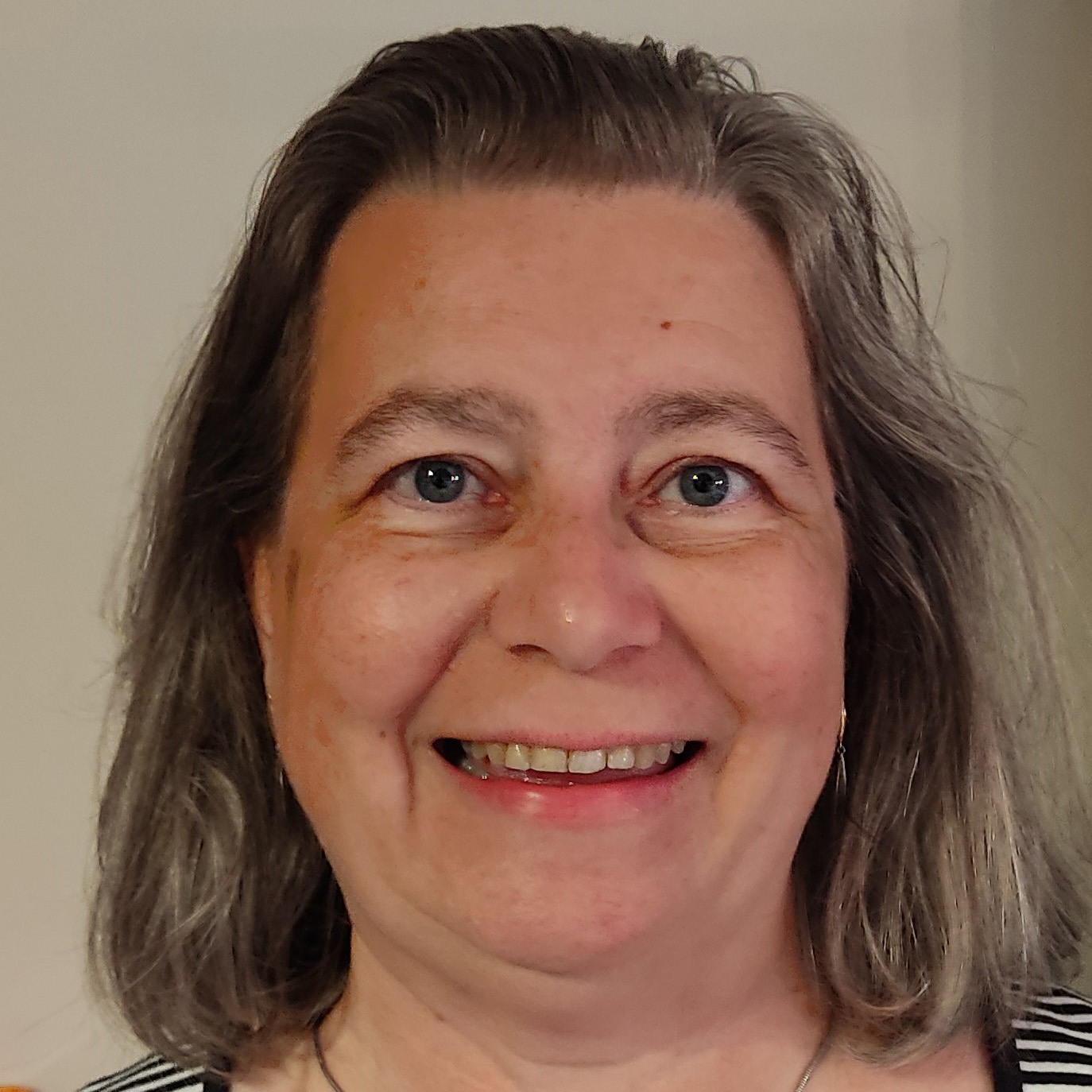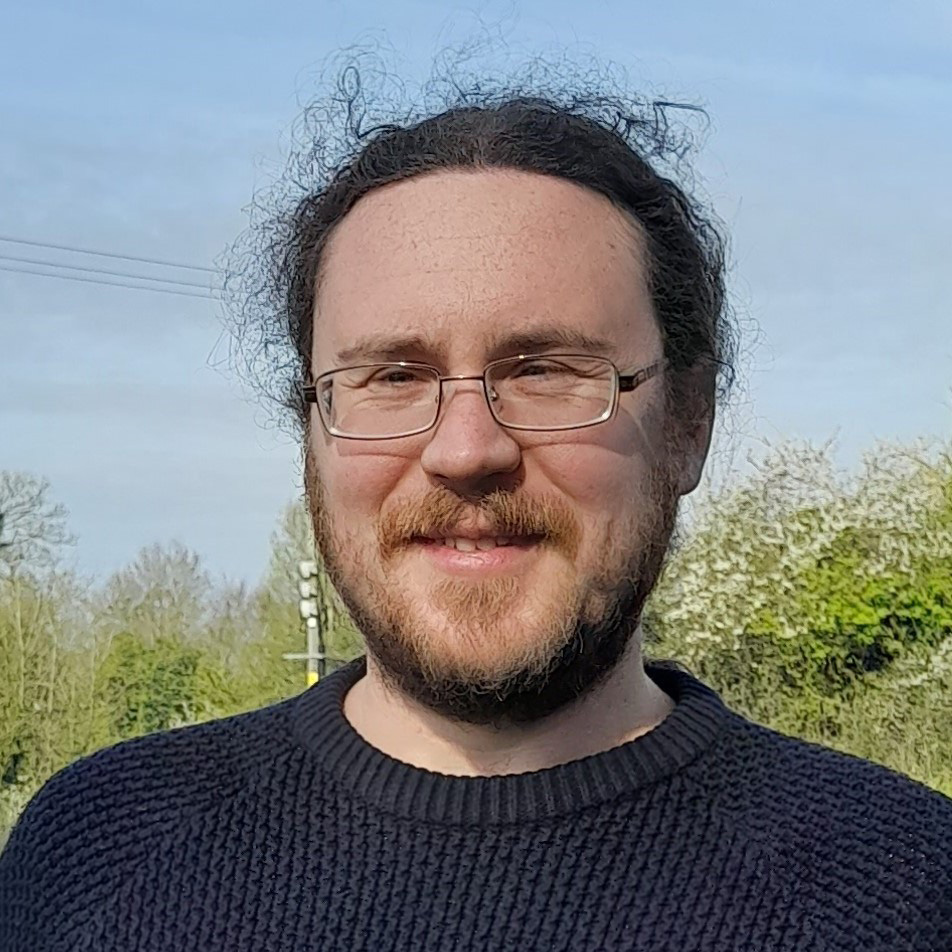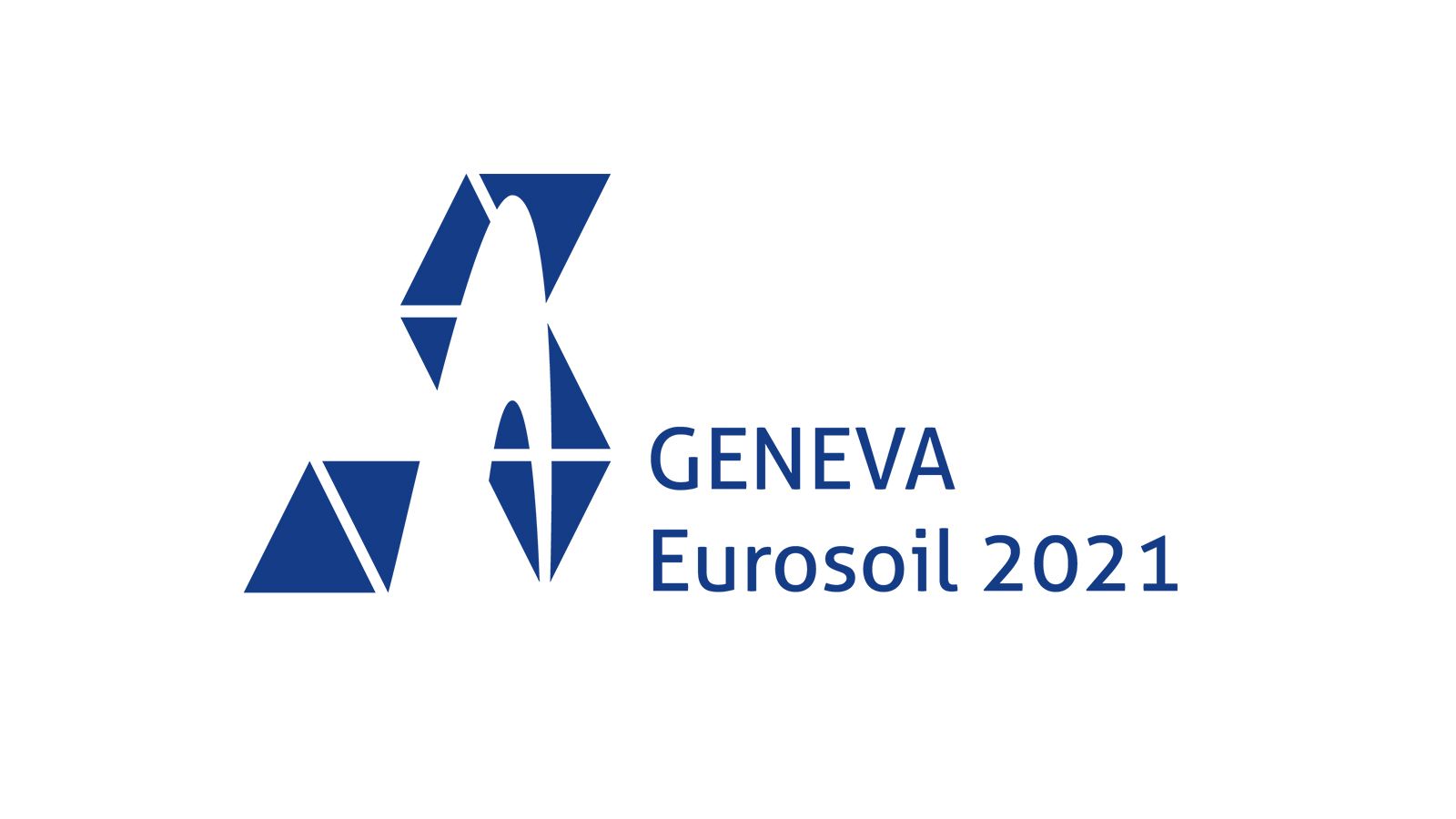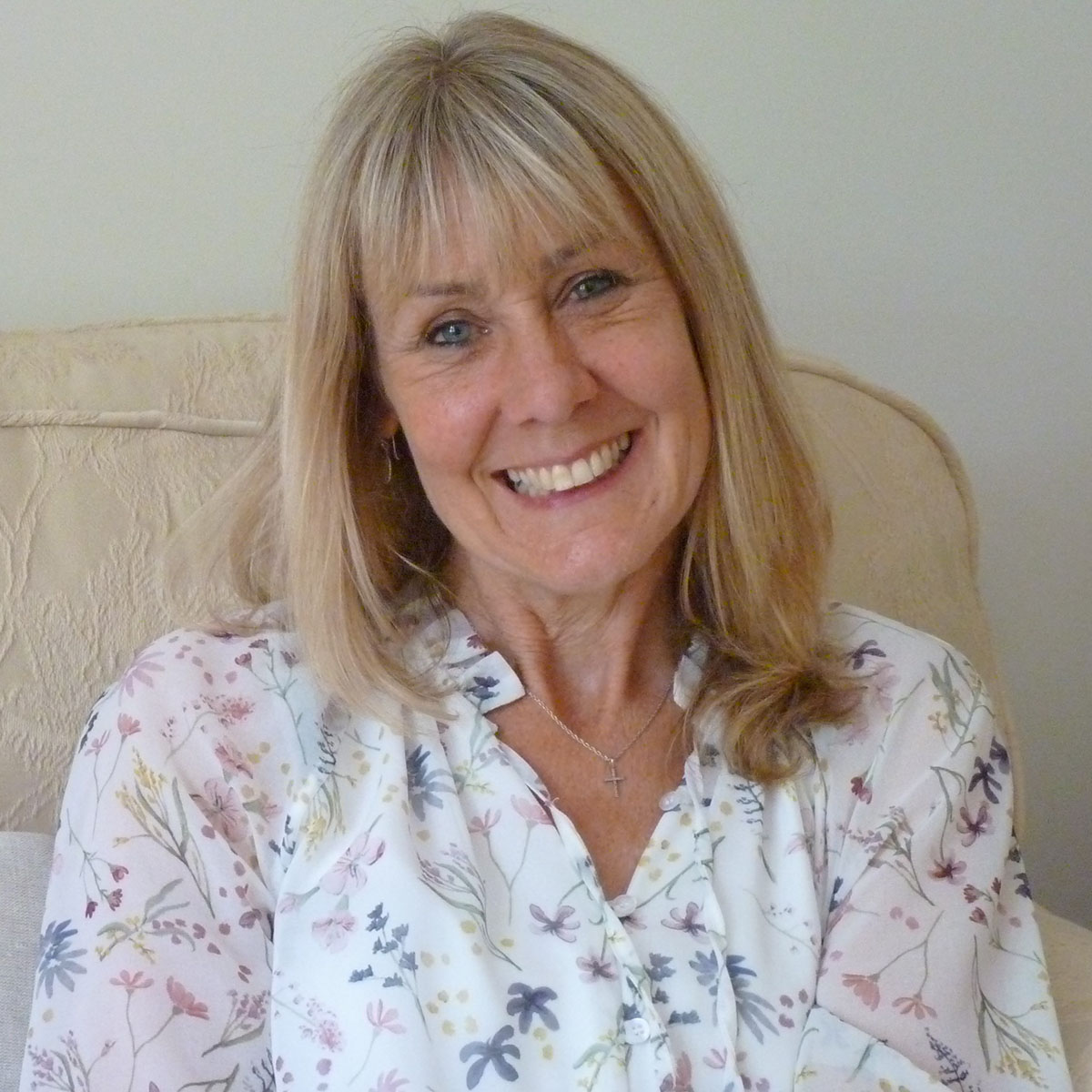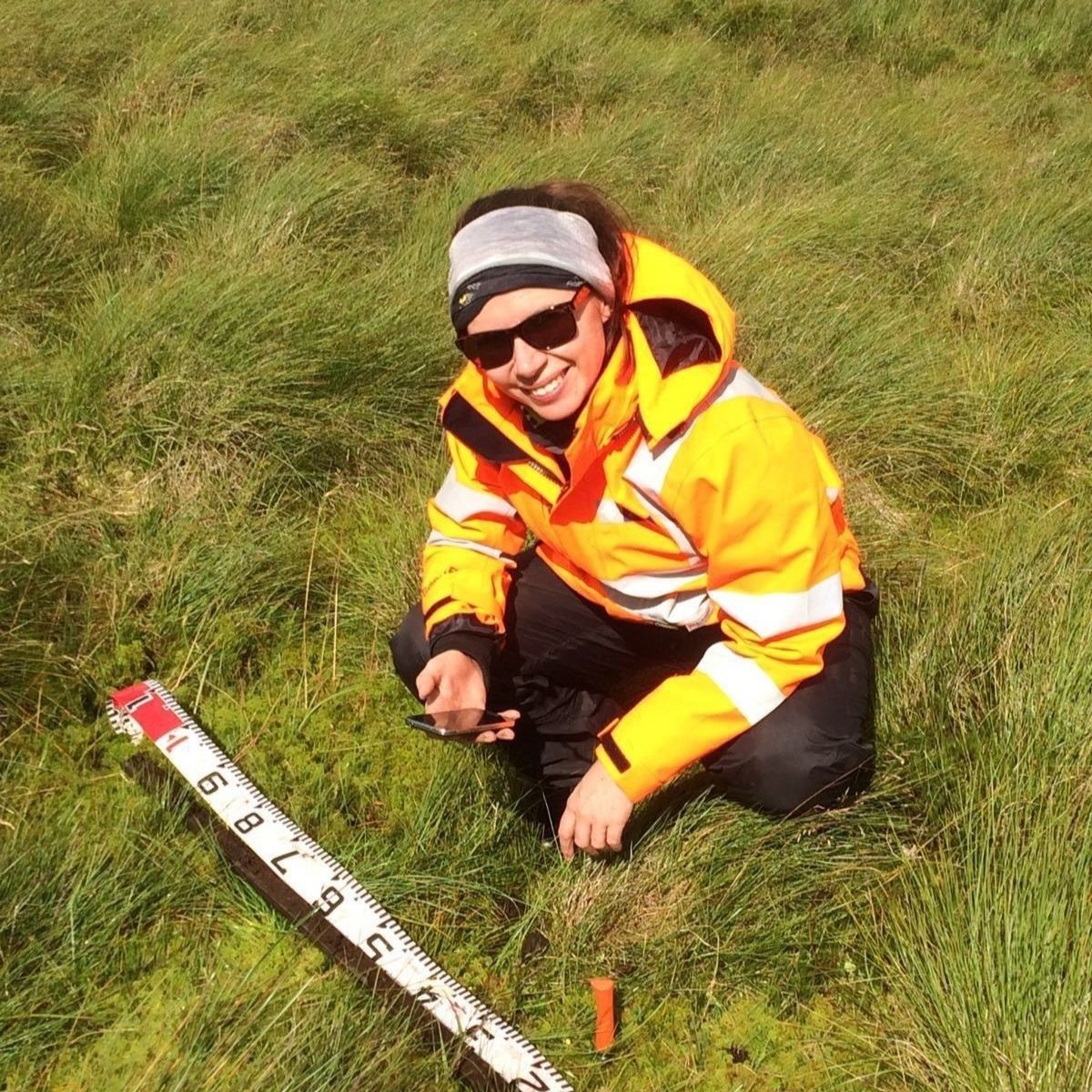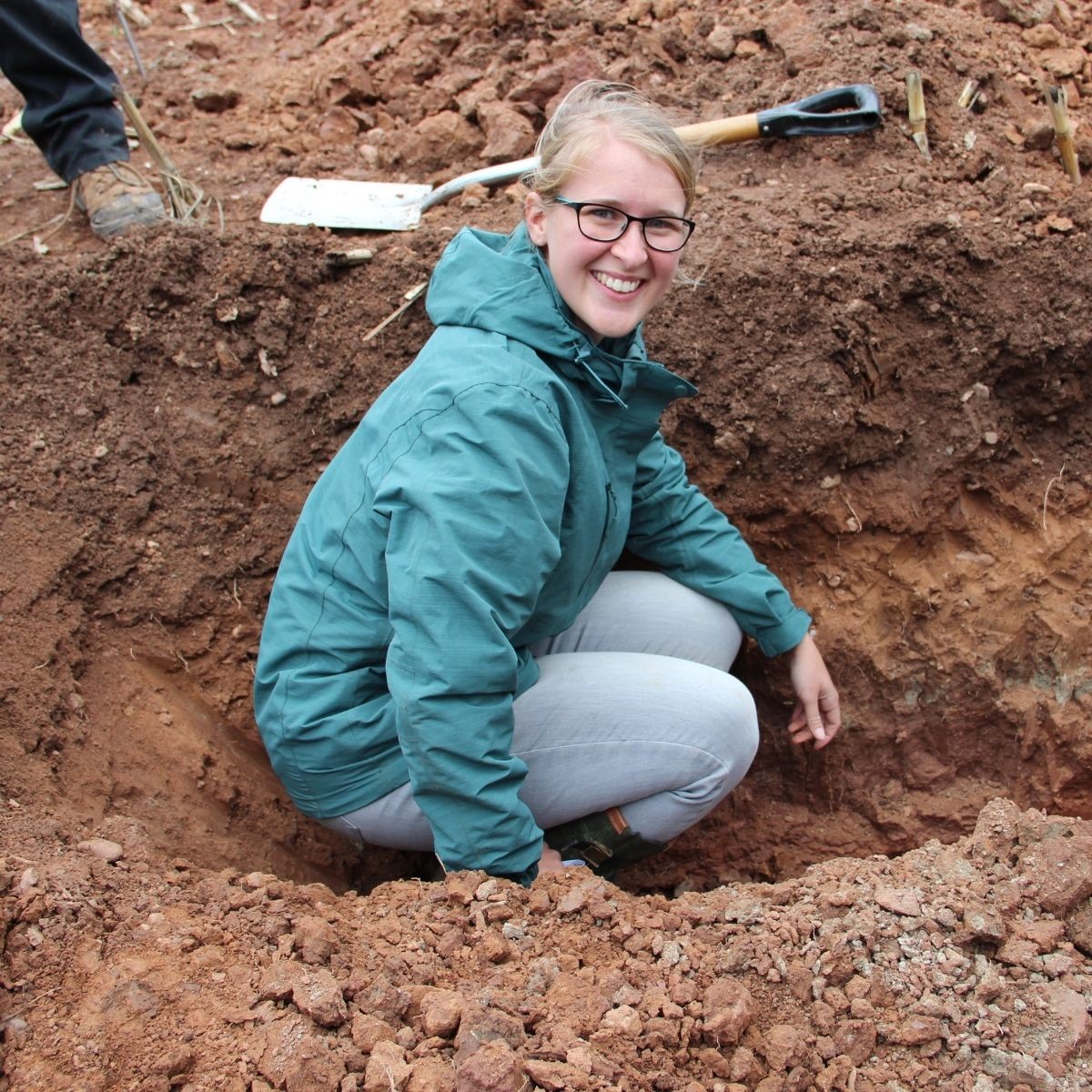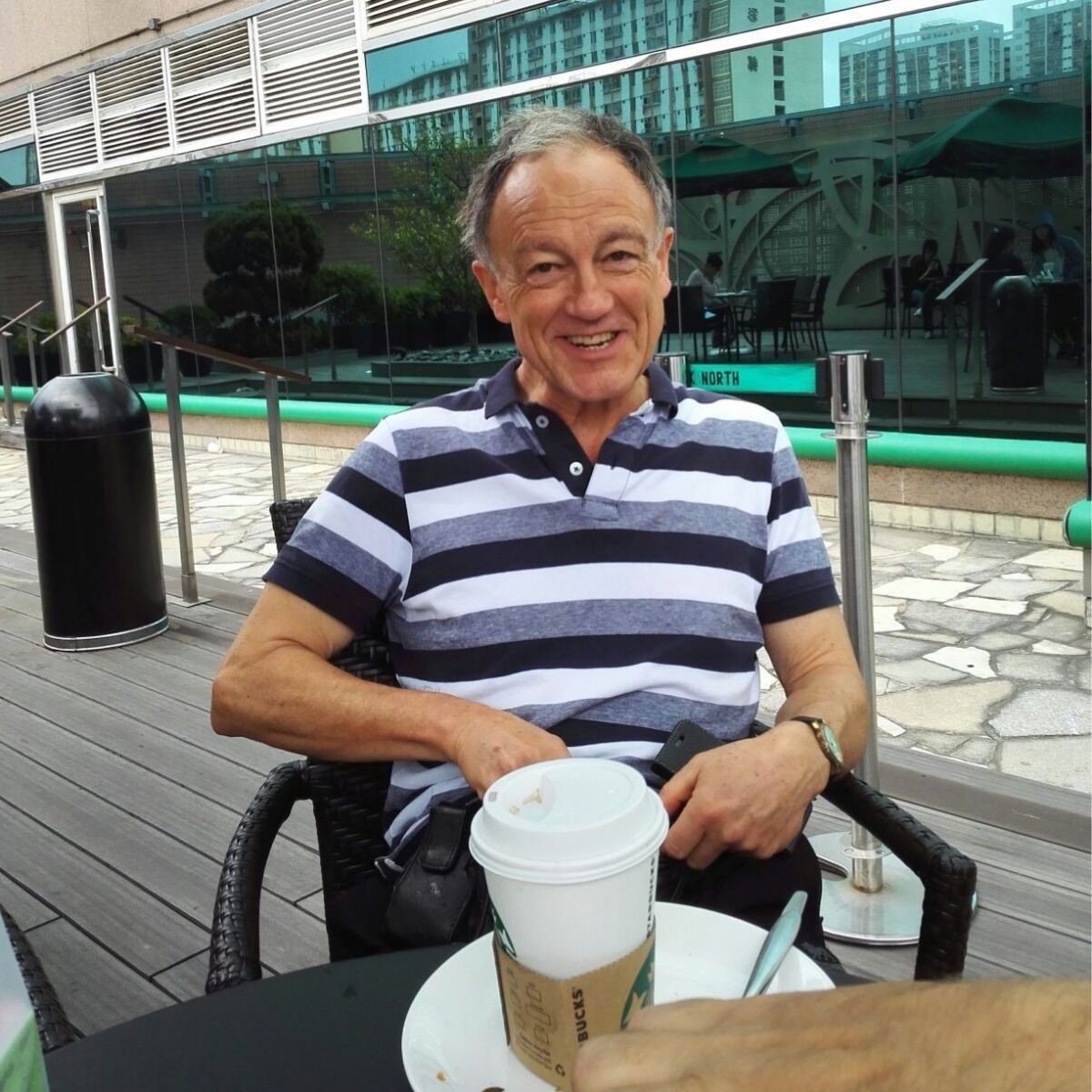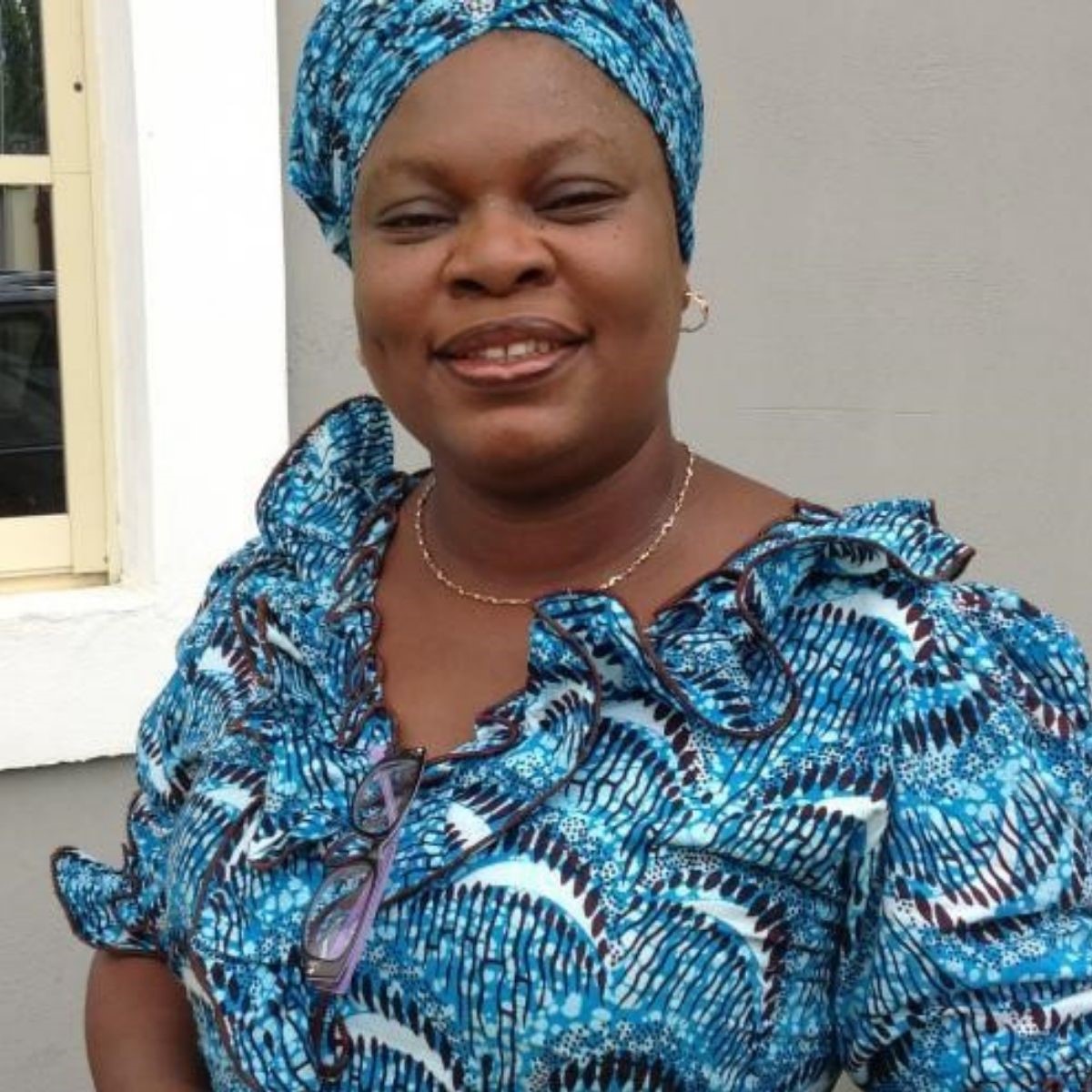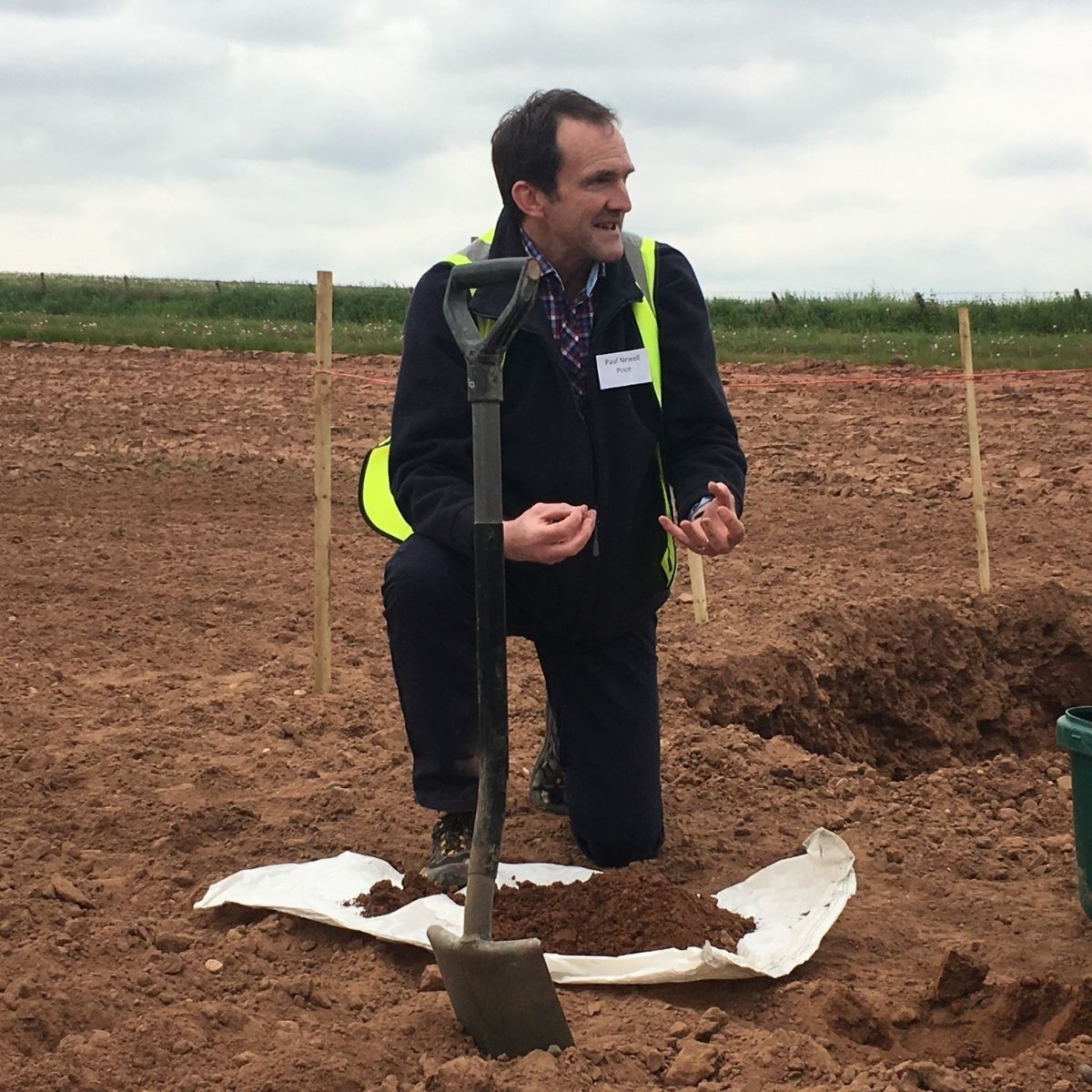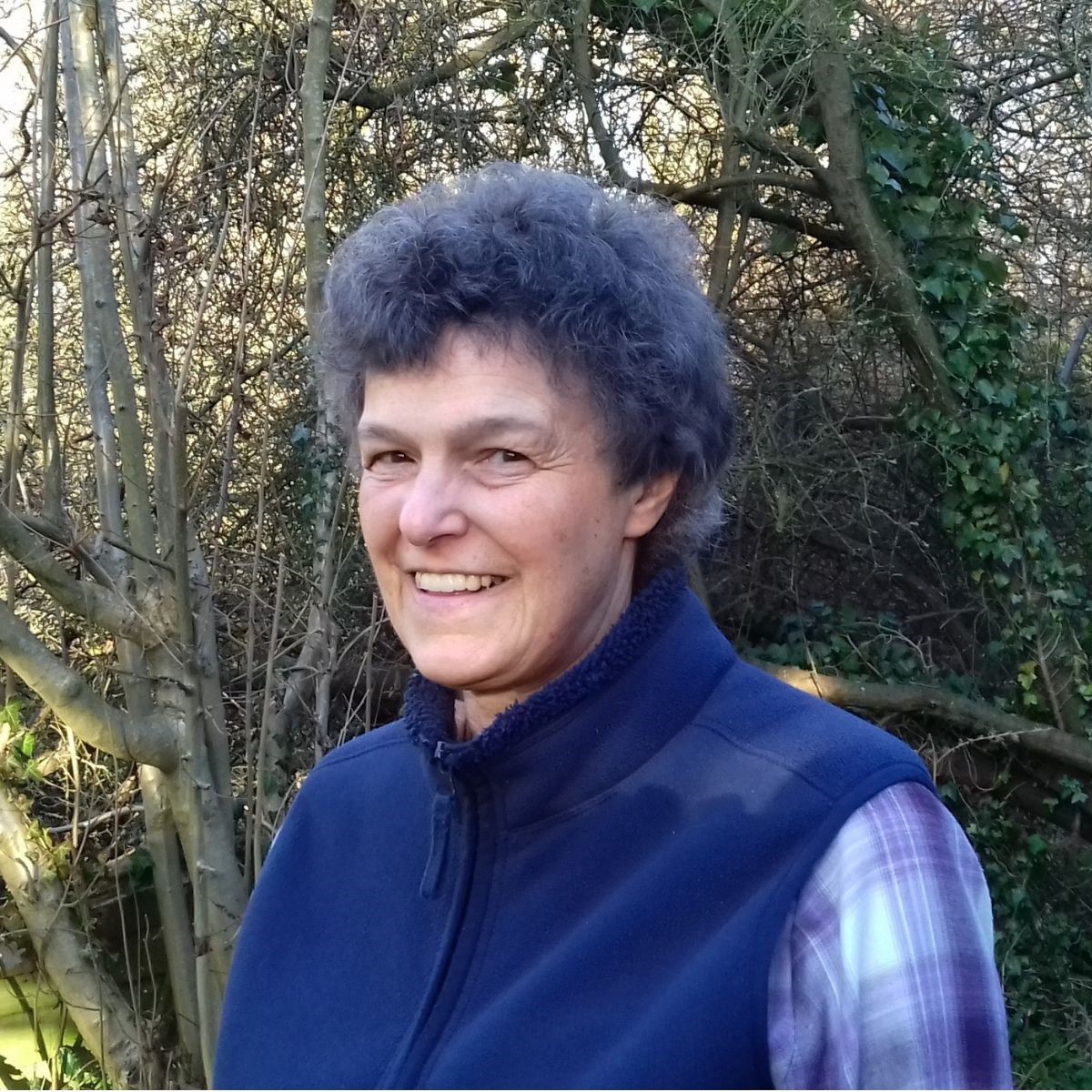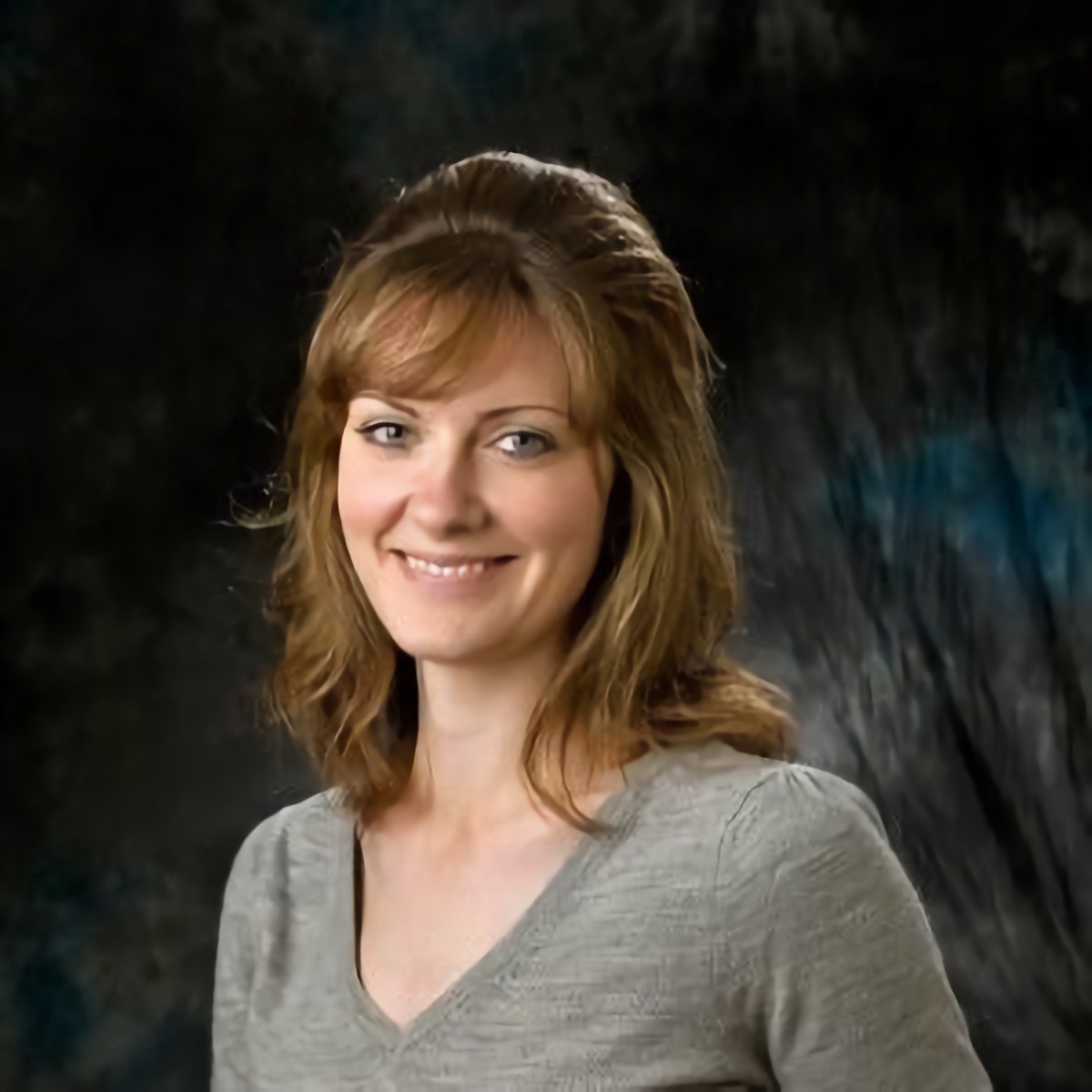David S Jenkinson Fellowship Grant Report
In collaboration with Dr Megonigal, Dr Noyce and Ms Kent from the Smithsonian Environmental Research Center, US.
Overview
I have started a collaboration with Dr Megonigal and Dr Noyce from the Smithsonian Environmental Research Center, US thanks to the David S Jenkinson Fellowship award.
Our collaboration aimed to quantify how climate change will affect the belowground carbon dynamics of coastal wetlands. This question is critical in tidal marshes where root production drives the accumulation of soil organic matter, and the elevation gain that is key to the resilience of coastal ecosystems to sea level rise. The project had two main questions: i) quantify the effect of temperature rise on root production; ii) quantify the interaction of temperature and atmospheric CO2 concentration on root production.
Project Details
To answer those questions, I have used the Global Change Research Wetland (GCReW), a unique facility worldwide for studying the response of coastal wetlands to future environmental conditions. At GCReW, the temperature and its interaction with a CO2-enriched atmosphere are being manipulated. The basic design is a warming gradient composed of four heated zones. At the end points of the warming gradient (at ambient and +5.1°C) they are crossed with CO2 enrichments.
During this project, we (Dr Megonigal, Dr Noyce and Ms Kent) have leveraged GCReW with the installation of minirhizotrons in four different treatments: i) ambient temperature and ambient CO2, ii) ambient temperature and enriched atmospheric CO2, iii) elevated temperature and ambient CO2, iv) elevated temperature and enriched CO2. Only few coastal ecosystems have been investigated with minirhizotrons, and none with those treatments. Minirhizotrons have been primarily developed for terrestrial ecosystems. Therefore, installing the minirhizotrons in this ecosystem required us to adapt the minirhizotron system.
Due to the pandemic, I could not go to the US. I therefore organised all the steps of the minirhizotron installation remotely. This has been more challenging than I anticipated, but also very rewarding due to the high level of support that I received from Dr Megonigal, Dr Noyce and Ms Kent. Together, we have re-designed the minirhizotron tubes to adapt them to the saltmarsh conditions of the Cheesepeak Bay, where GCReW is located. Thanks to a protocol that I established in collaboration with Dr Megonigal, Dr Noyce, and Ms Kent, we have built minirhizotron tubes from scratch adapted to the flooding and freezing conditions of the saltmarsh of GCReW. I have managed all the purchasing activities and the relation with the suppliers for the components that we needed to build the minirhizotron tubes. It was very challenging during this pandemic, due to the long delay of delivery and the shortage of some materials. It took longer than expected, but we successfully organised all materials to build the tubes and we successfully assembled them.
We also established a robust protocol to test the quality of our hand-made tubes in the laboratory. This was necessary to ensure that our minirhizotron tubes will be able to resist the harsh salt-marsh conditions for several years of root production monitoring.
After that, I established a protocol in collaboration with Dr Megonigal, Dr Noyce and Satya Kent to install, monitor and analyse the minirhizotron tubes and the root production. The space in GCReW is limited, but a good installation of the minirhizotron tubes is critical to have reliable data of root production. We had many discussions on how to maximise the quality of the root production measurements, while taking the minimum place and being efficient for the monitoring and the analysis of the root production. I have shared with Dr Megonigal, Dr Noyce and Ms Kent the best practices to install minirhizotron tubes, while they have been very resourceful for helping me to adapt the protocol to the GCReW site conditions and to the technician time available for the project.
I am happy to say that it has been a synergetic scientific relationship, and that now all the minirhizotrons are in the ground.
Despite the difficulties of being in the middle of a pandemic, we successfully managed to leverage GCReW to monitor the root production. In addition, we produced very robust protocols for the installation and preparation of minirhizotron tubes that we are soon going to make public. That will, without any doubt, be beneficial for the saltmarsh scientific community. In addition, I developed a protocol to analyse the image of roots that Ms Kent will soon use.
With Dr Megonigal, Dr Noyce and Ms Kent, we had many technical discussions during online meetings and through emails, but we also had several brain-storming meetings to discuss our likely results, how we will analyse them and use them for future publications. On my side, I have already started to draft our first manuscript, and started to train myself for the statistical analysis with dummy data, and I have now my R script ready for the real data coming soon. All this pre-work will allow me to quickly finish the publication once we have the root production data.
Final Words
Thanks to the David S Jenkinson Fellowship, I have started this collaboration with Dr Megonigal, Dr Noyce and Ms Kent, but we aim to continue to collaborate for several years. We have ideas for future projects and we will develop proposals together to continue this work. The David S Jenkinson Fellowship has definitely opened us to an array of future potential collaborations. Thank you BSSS!

